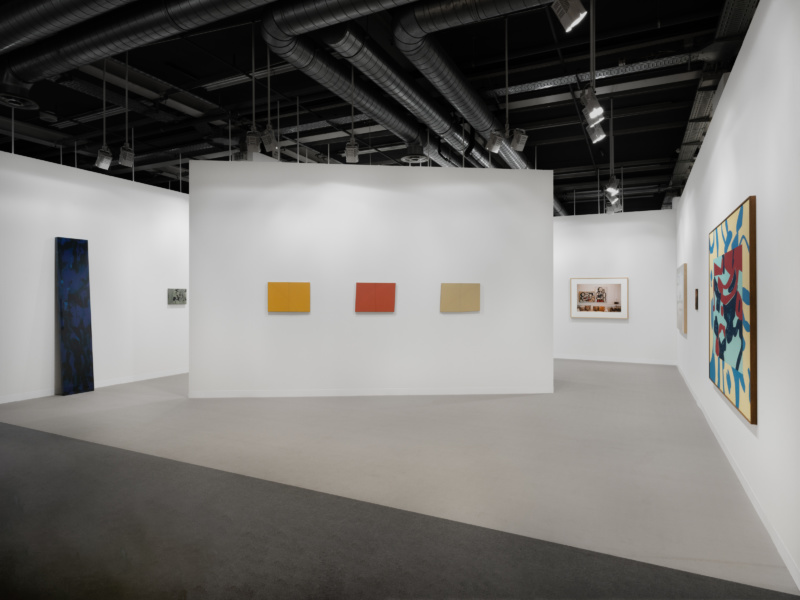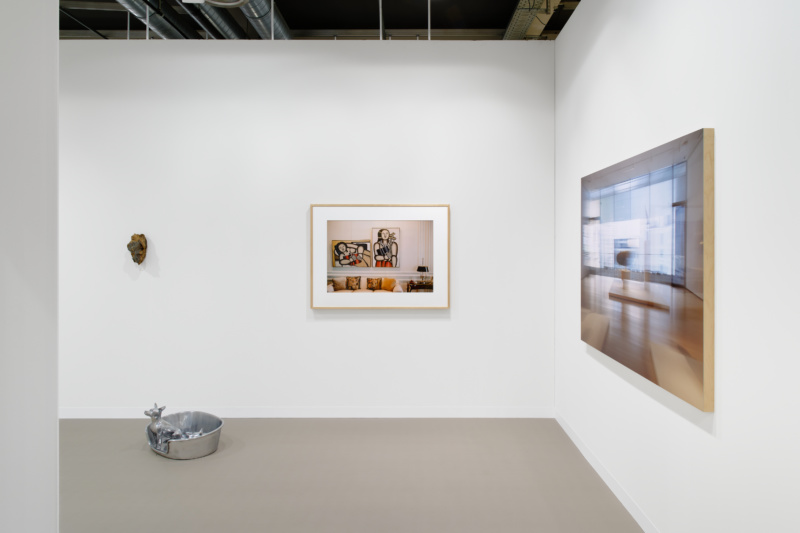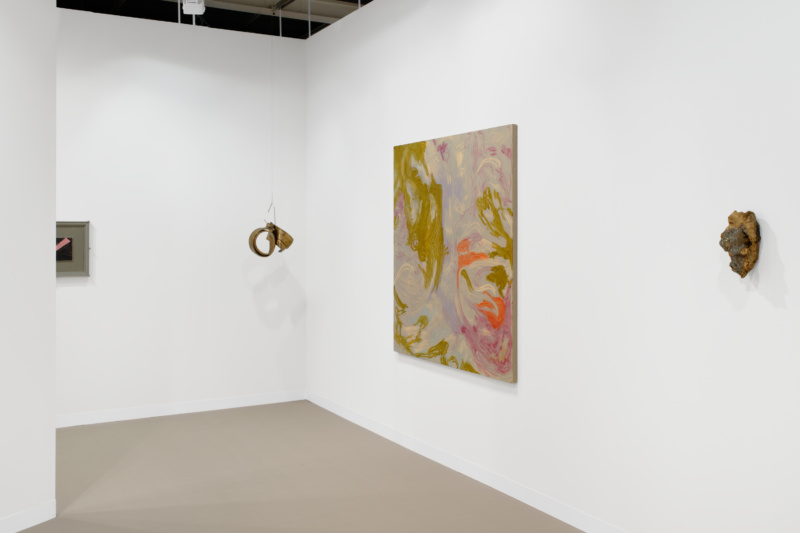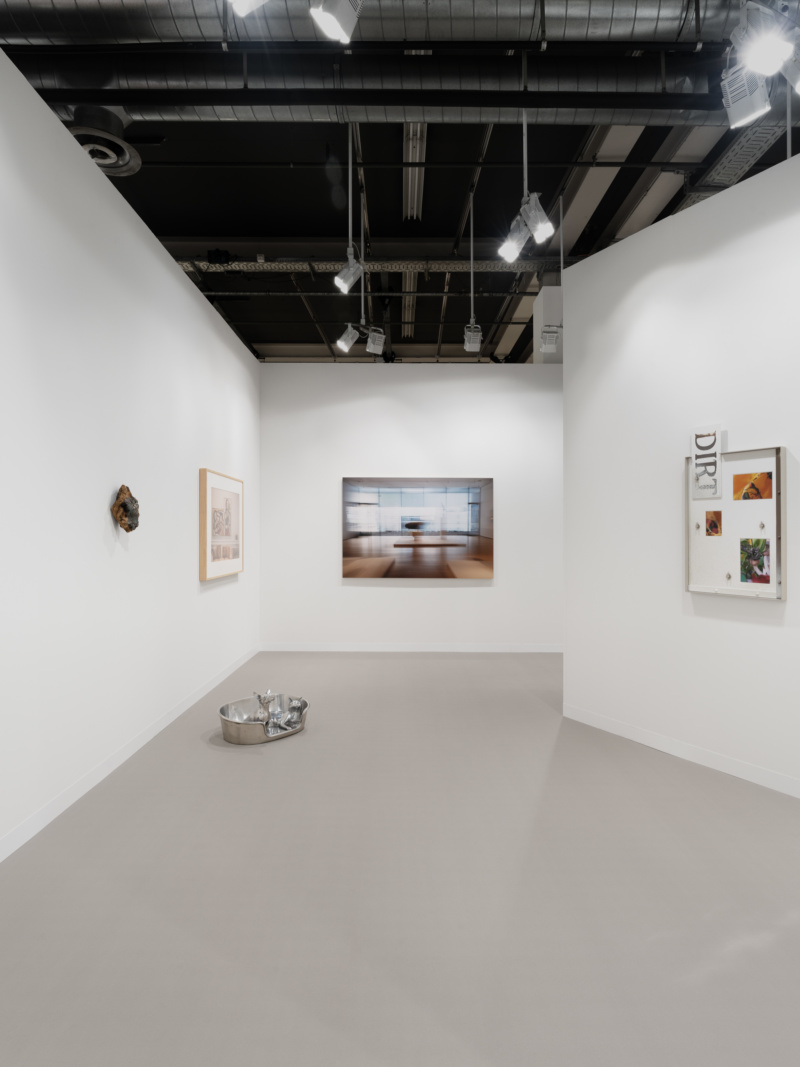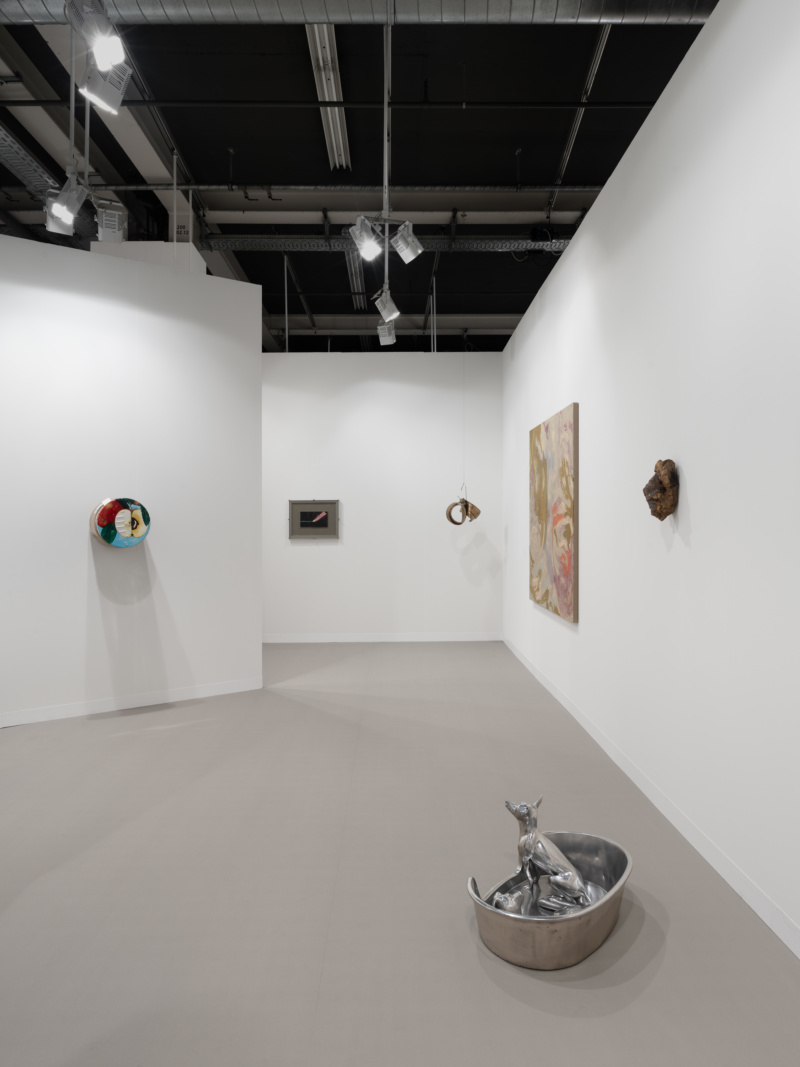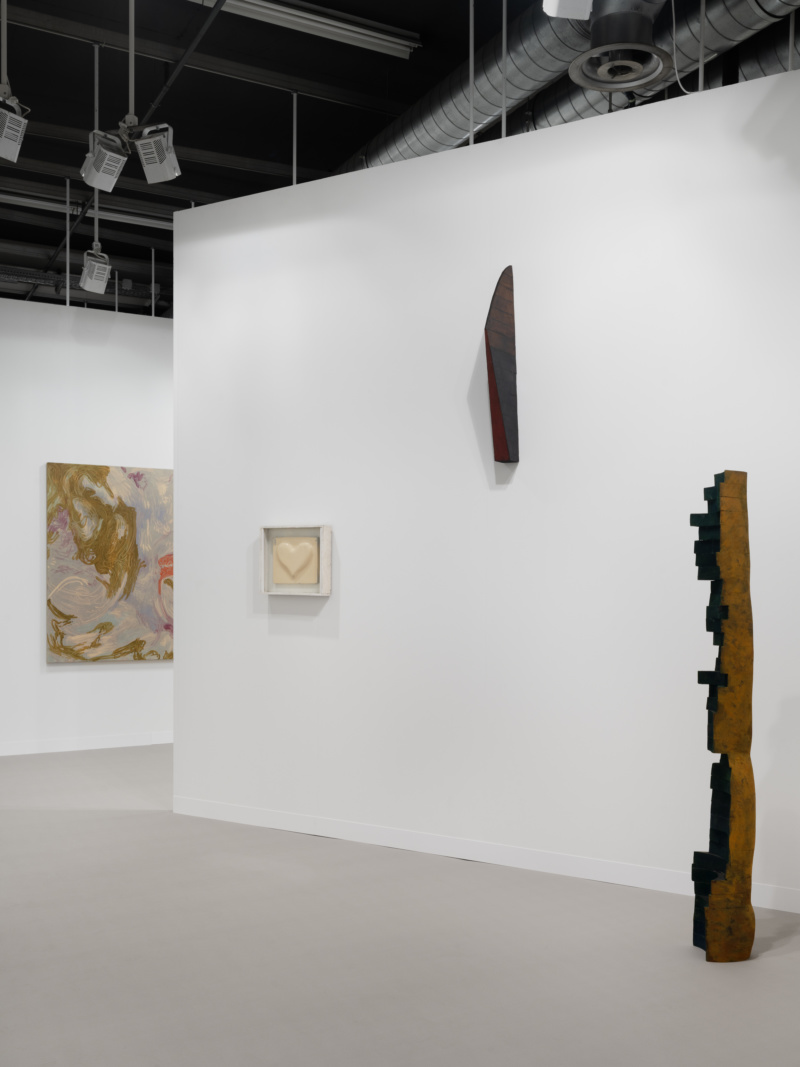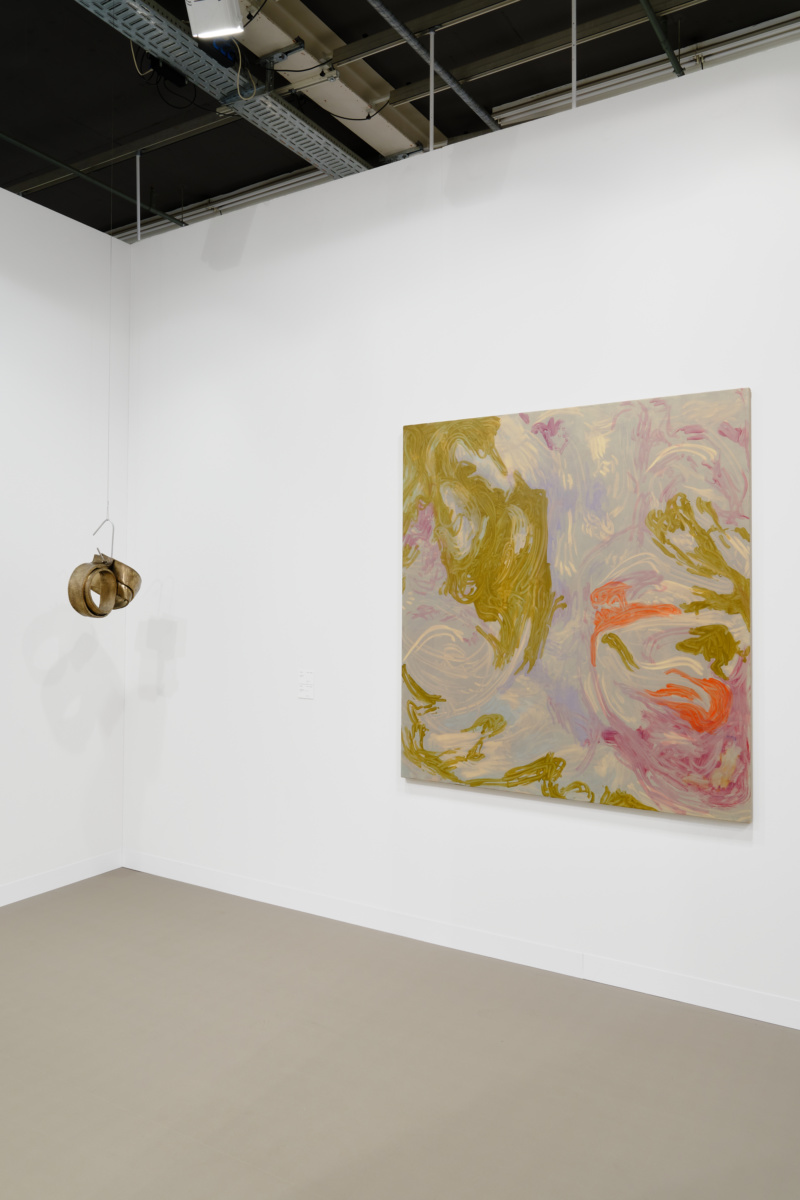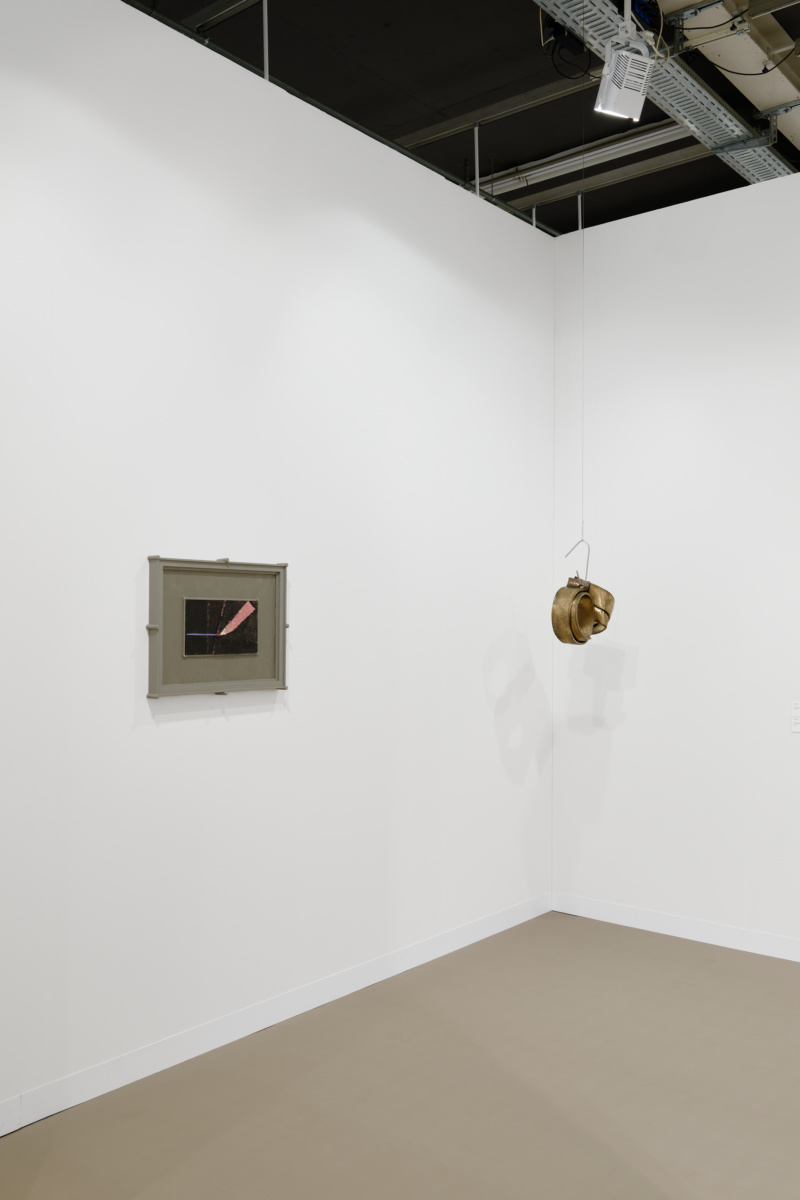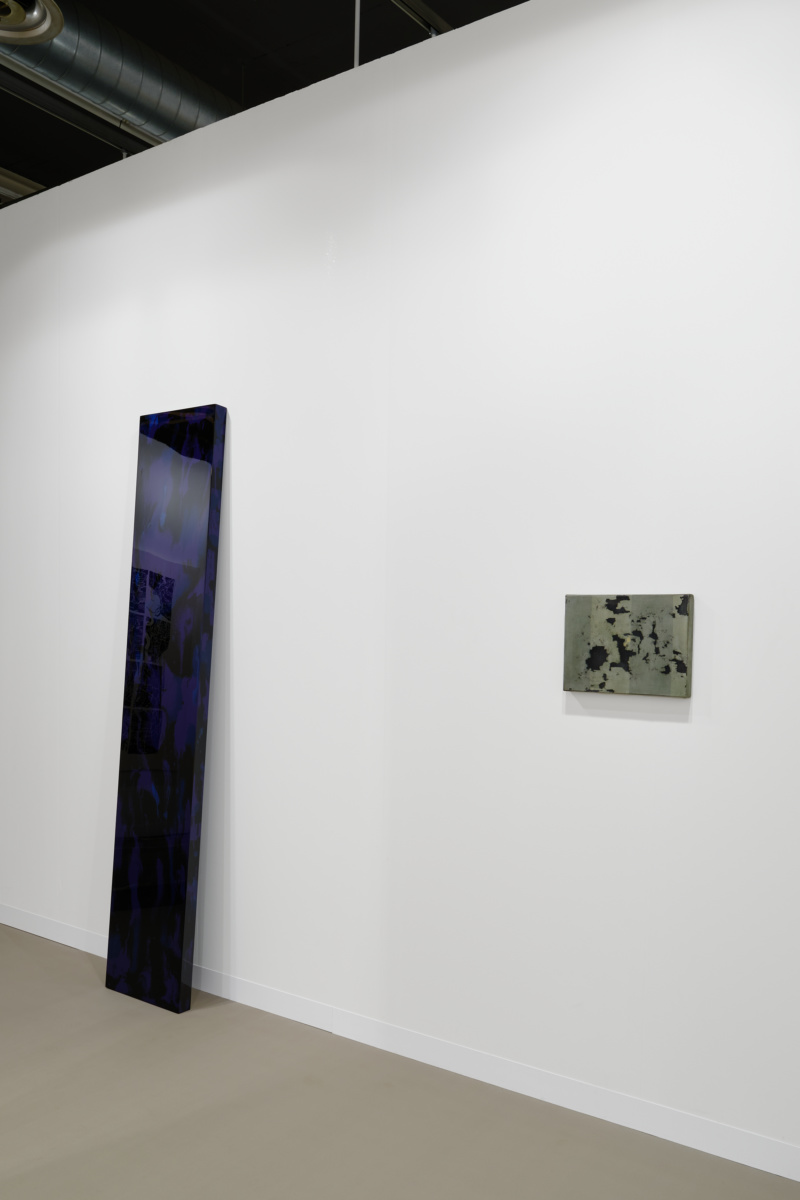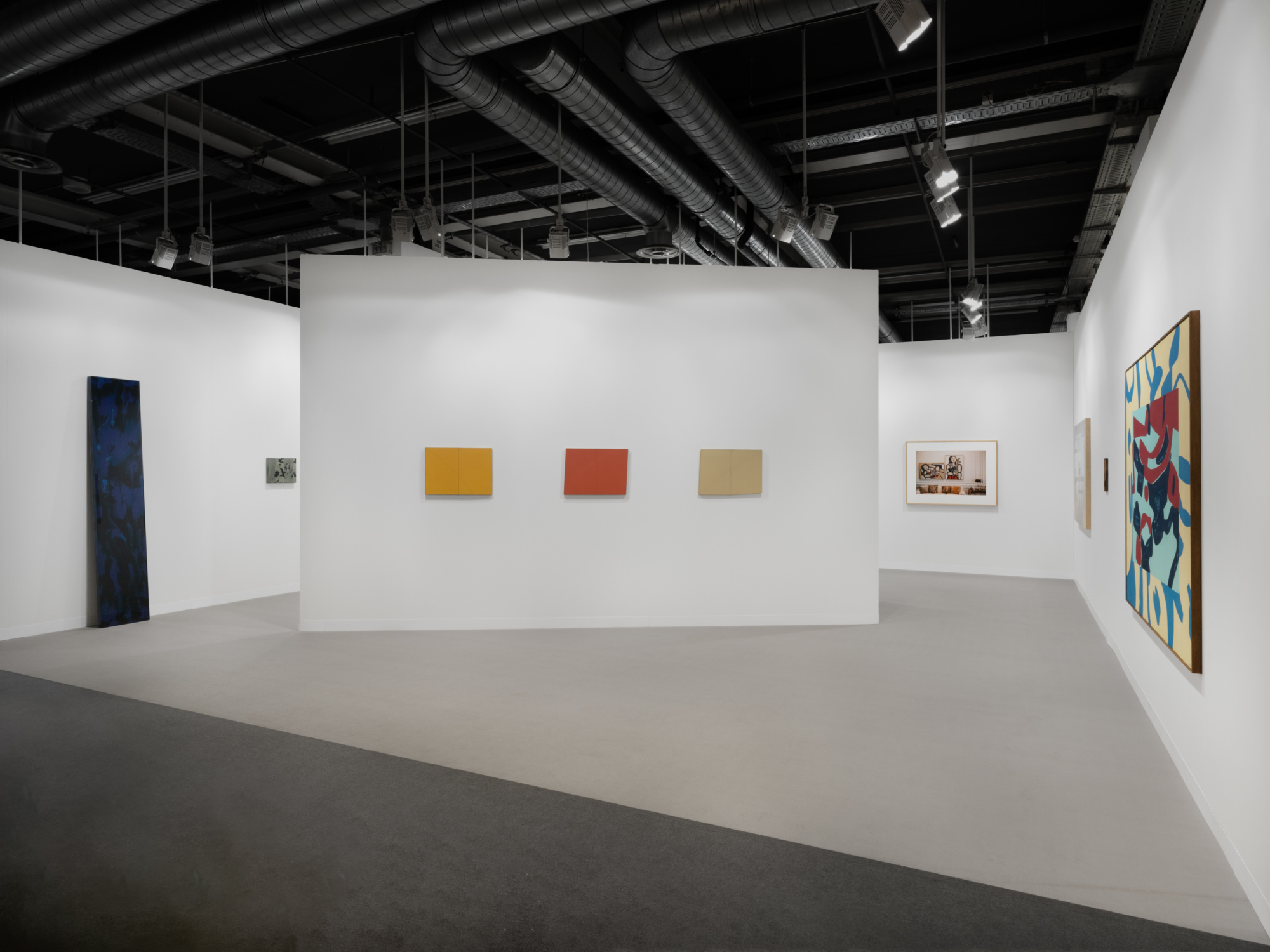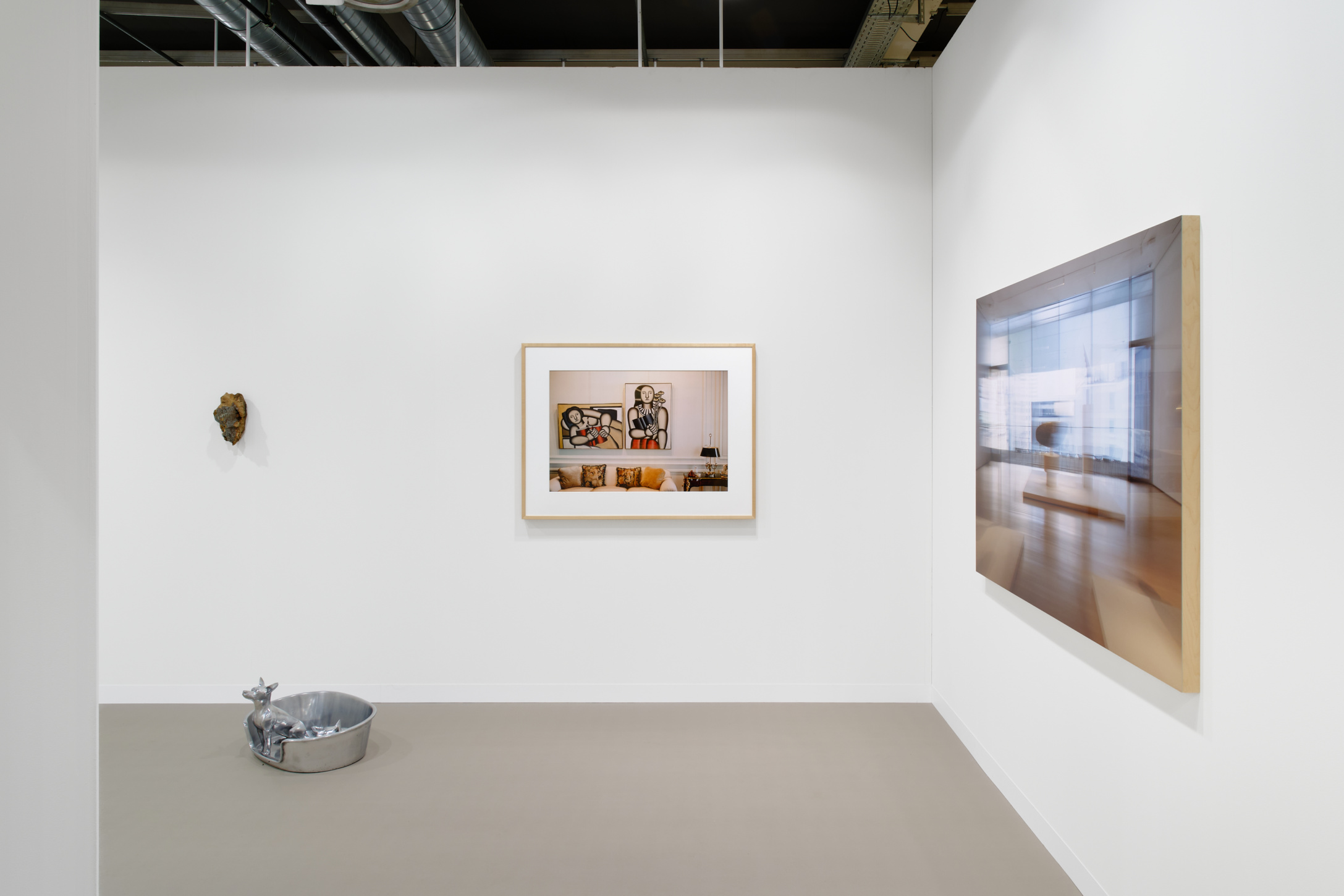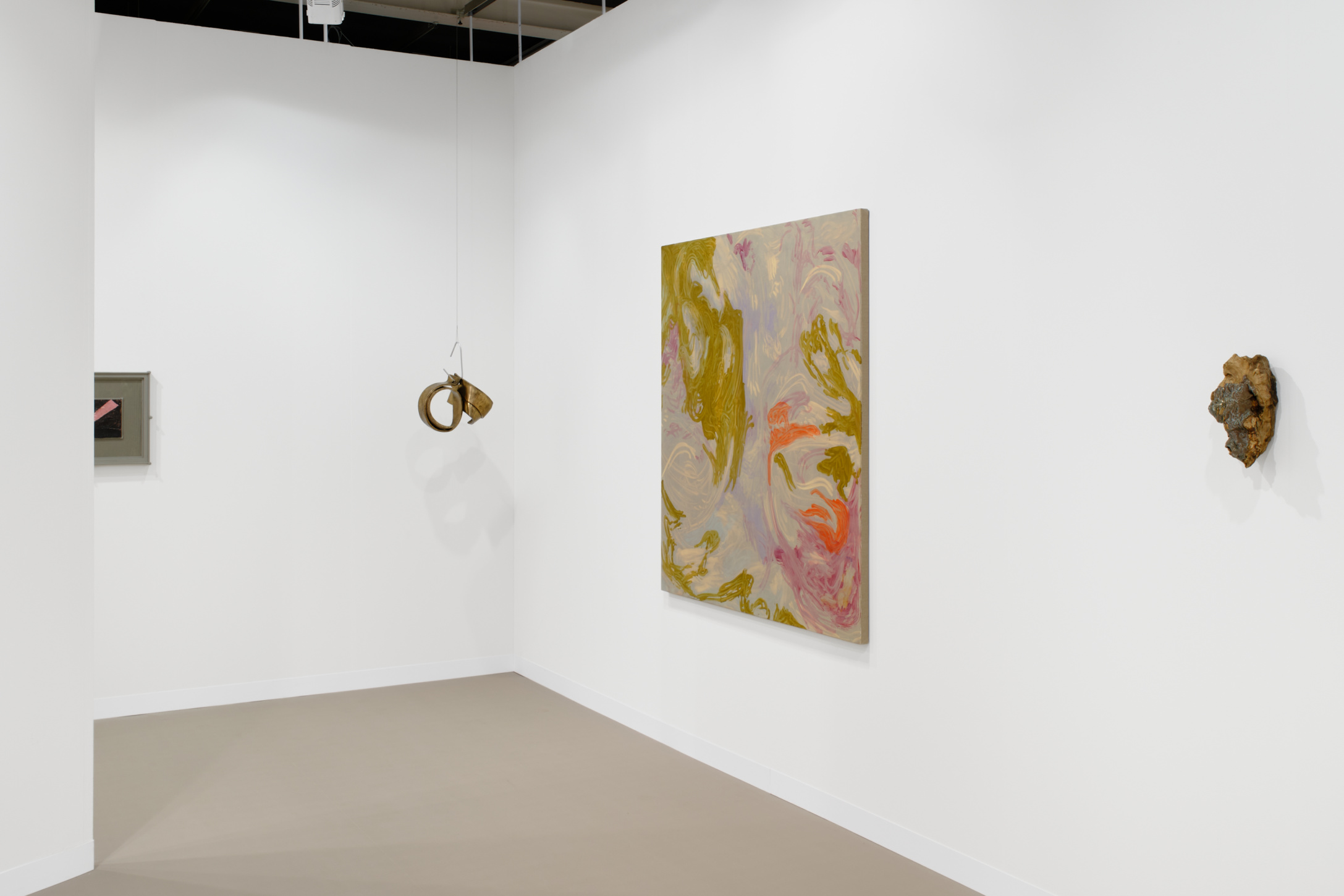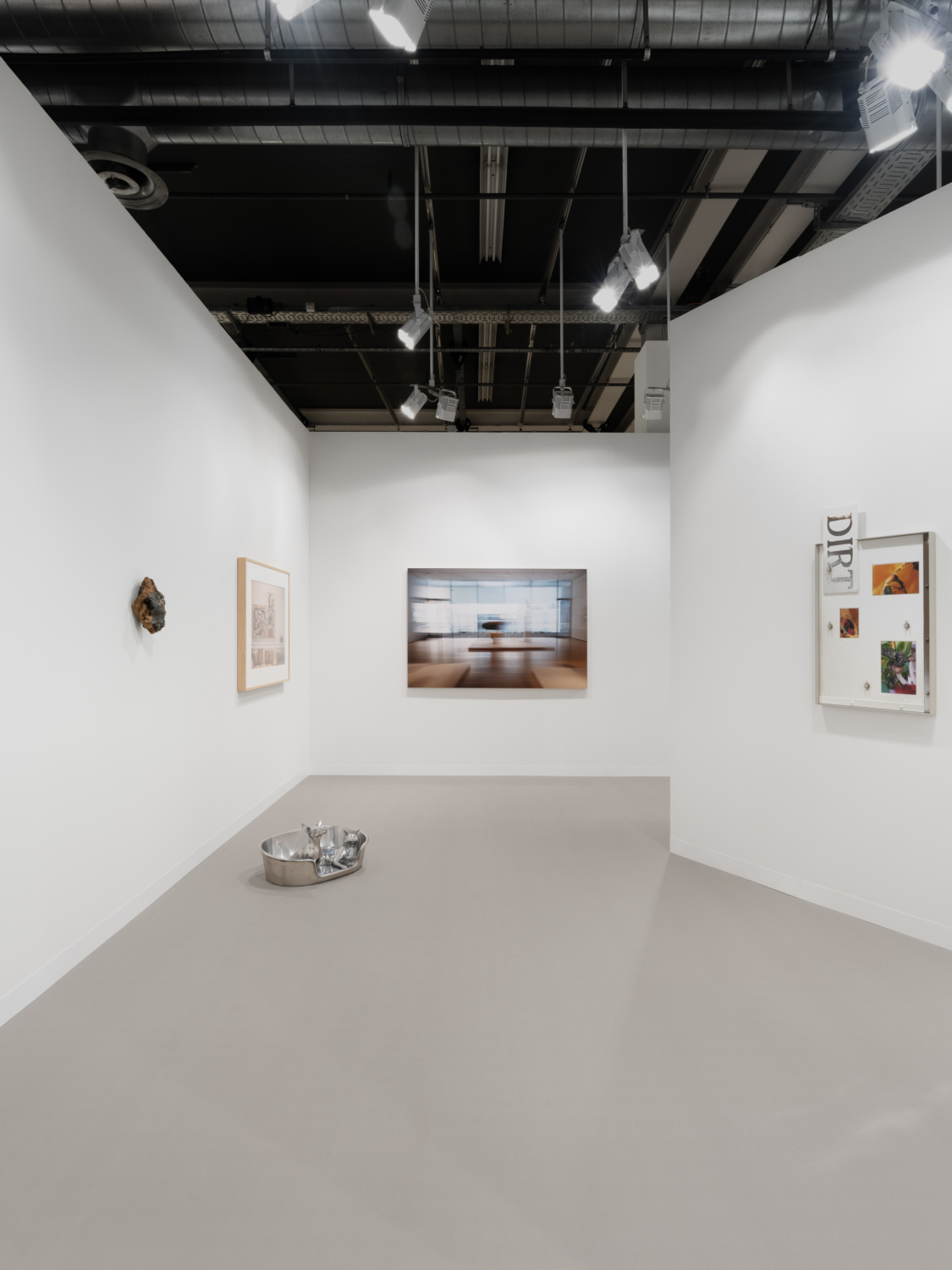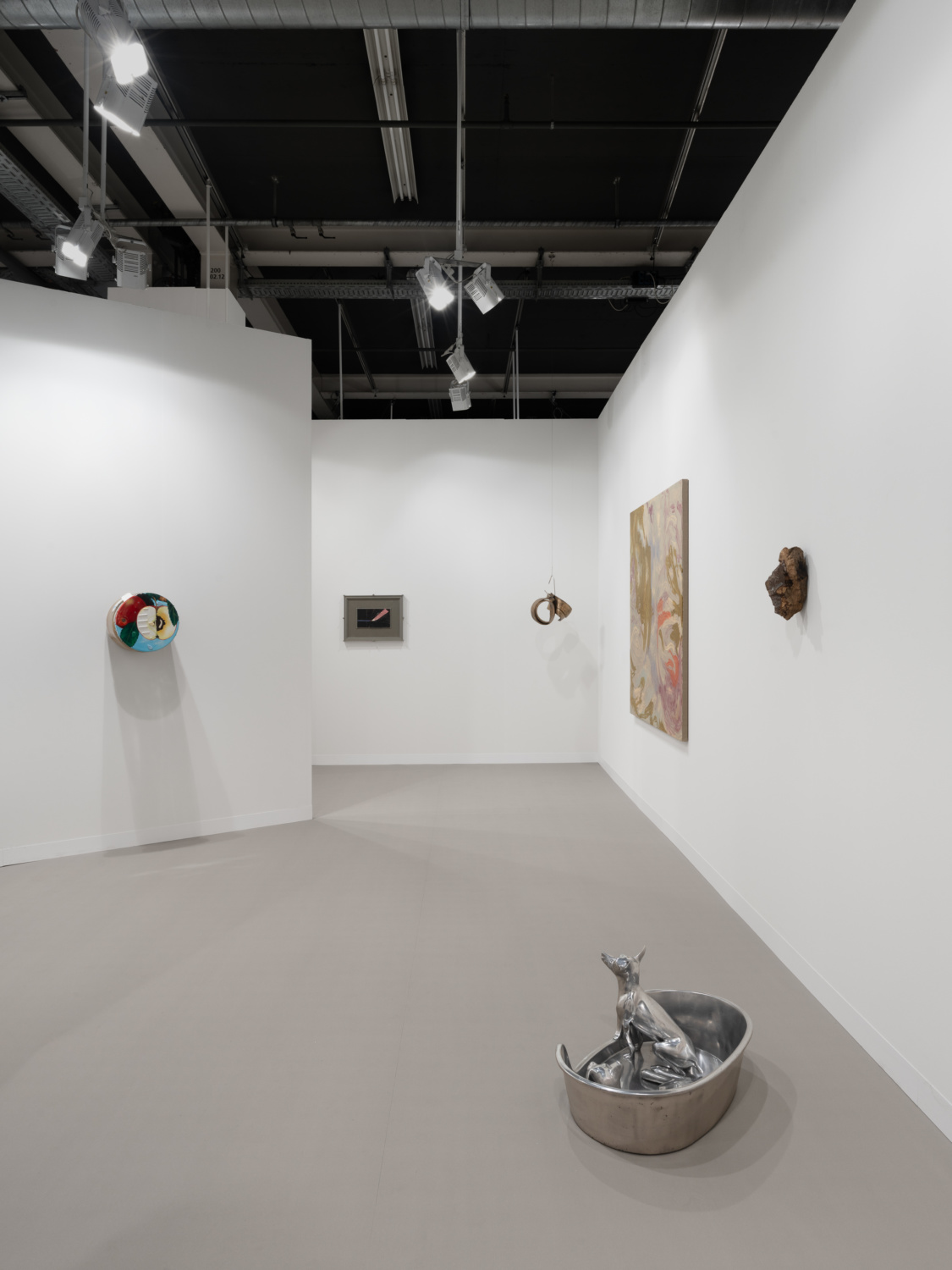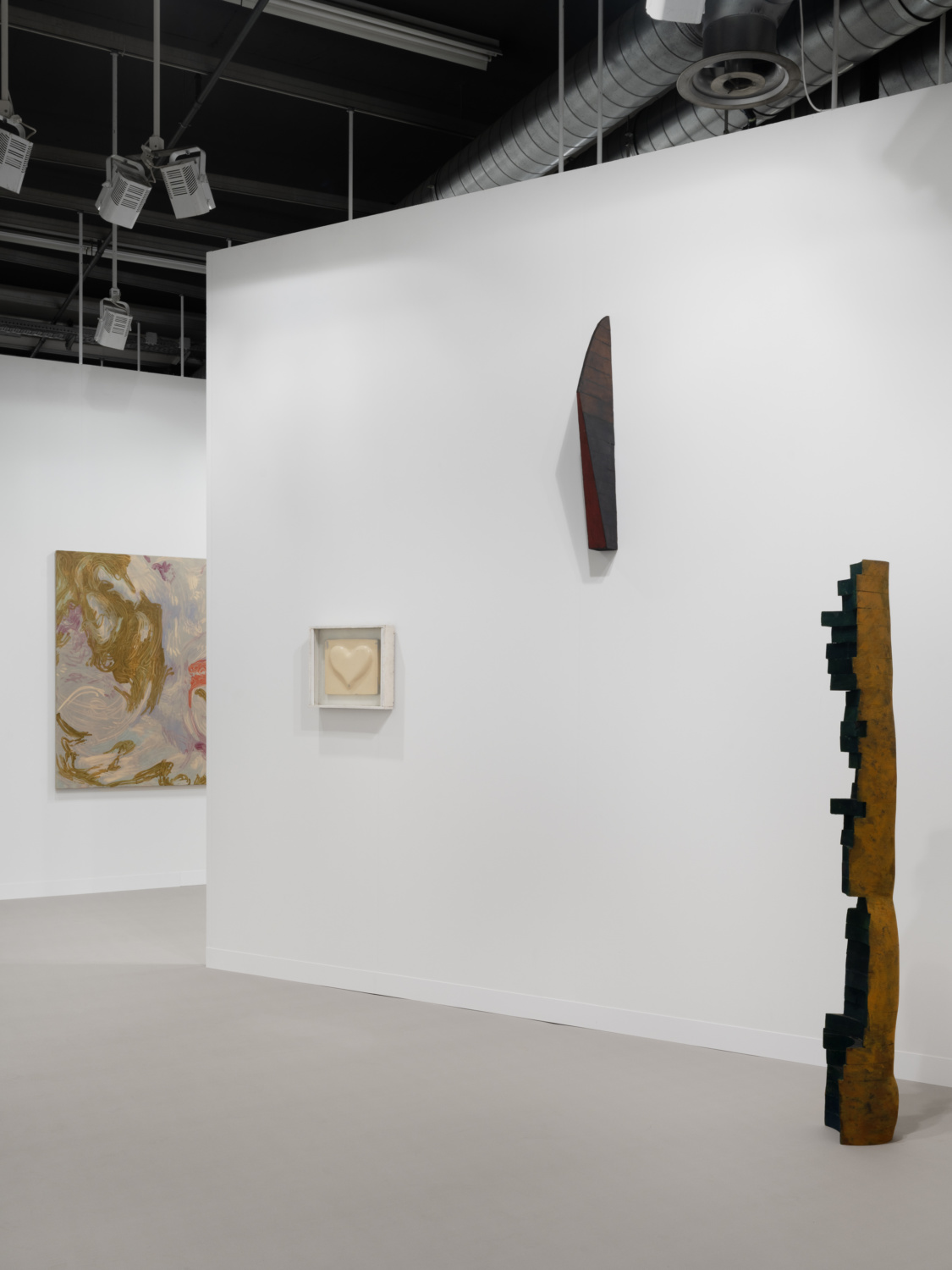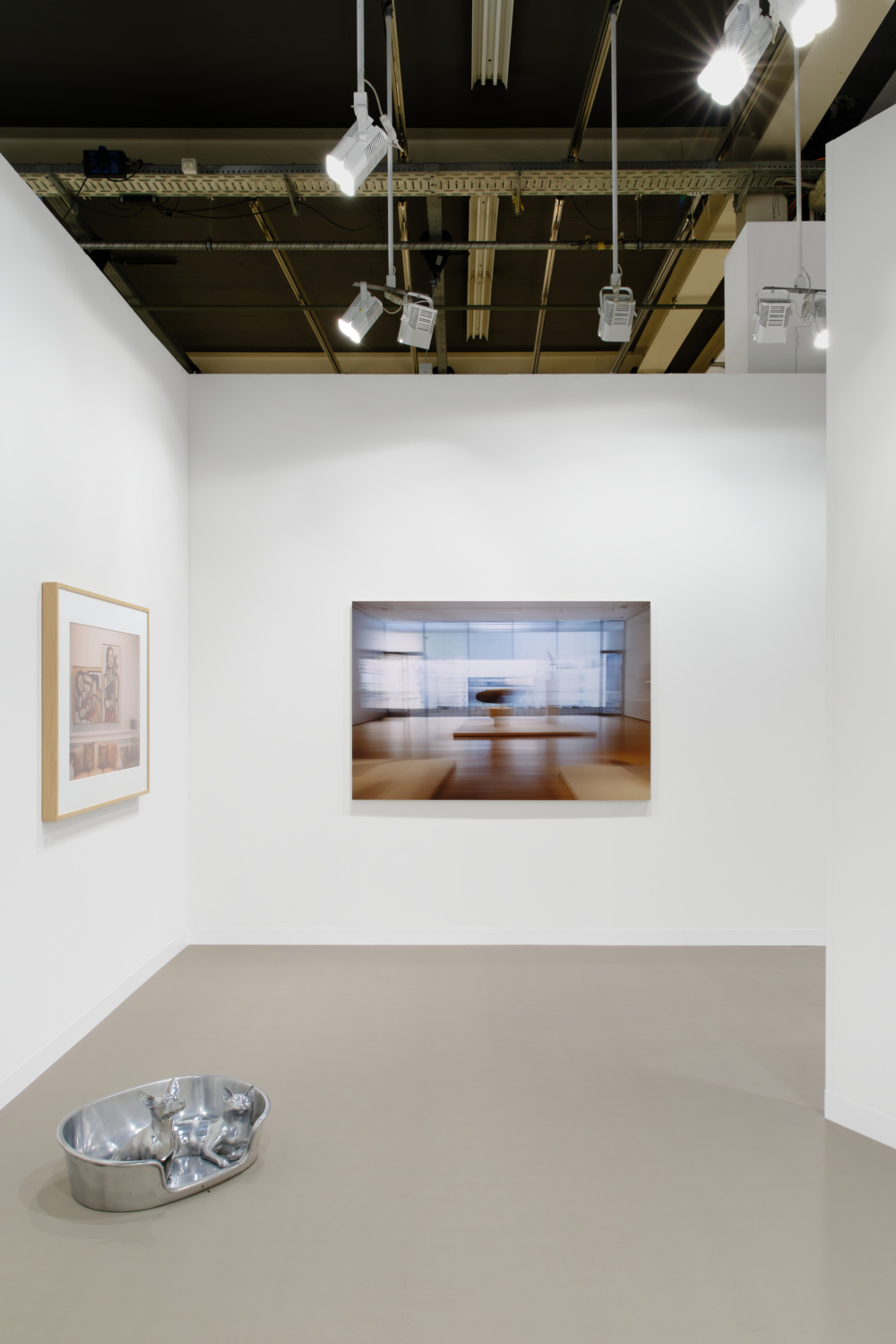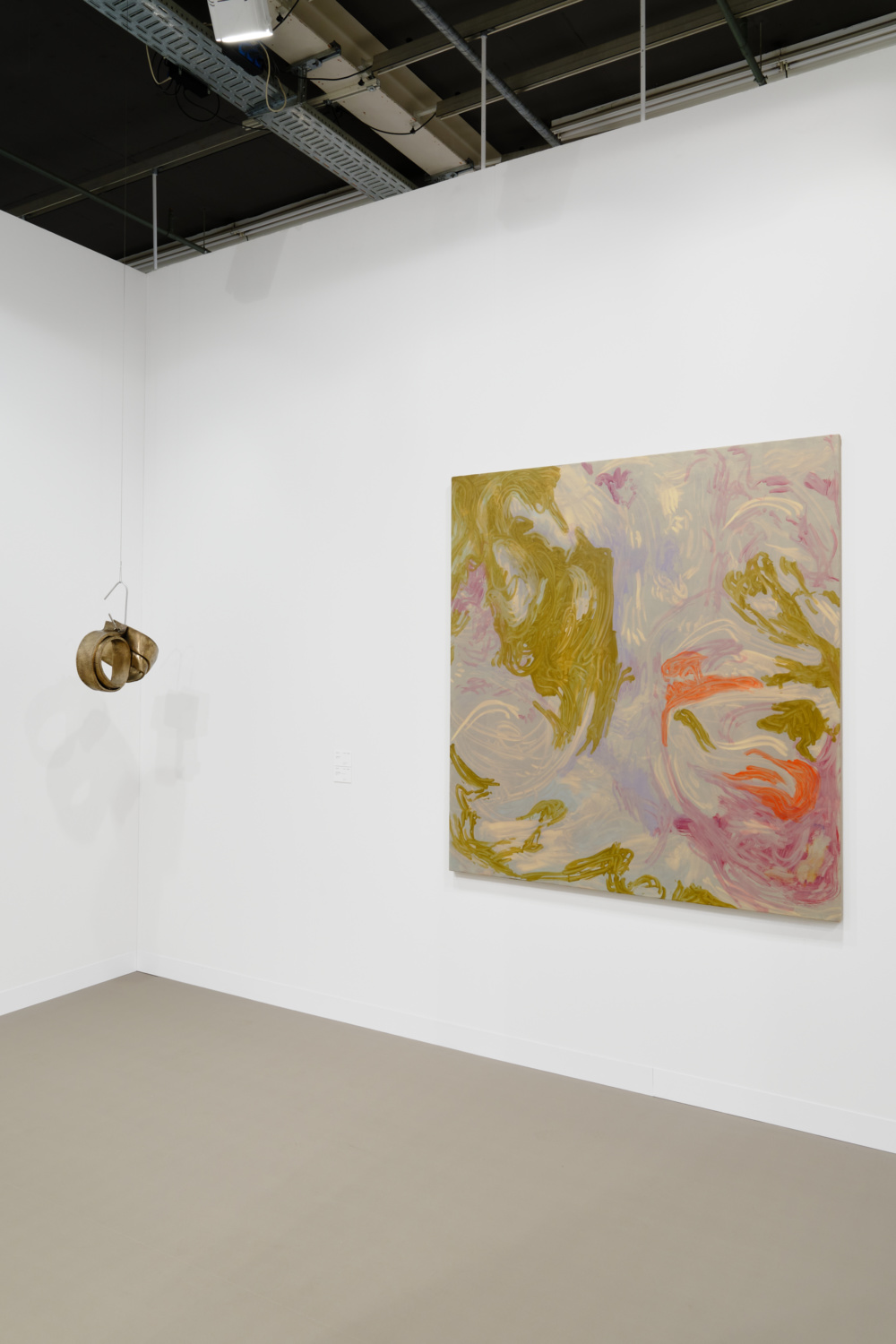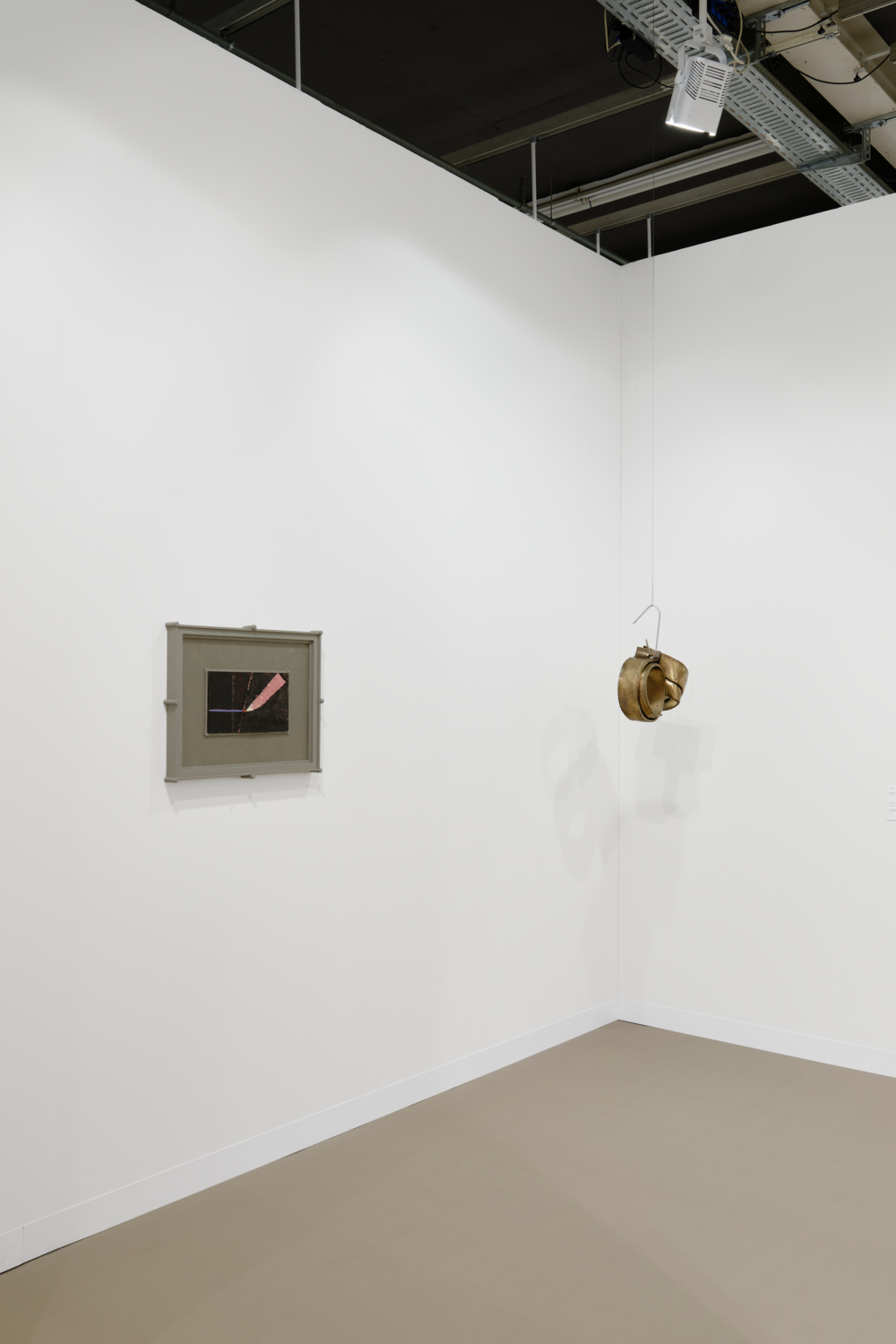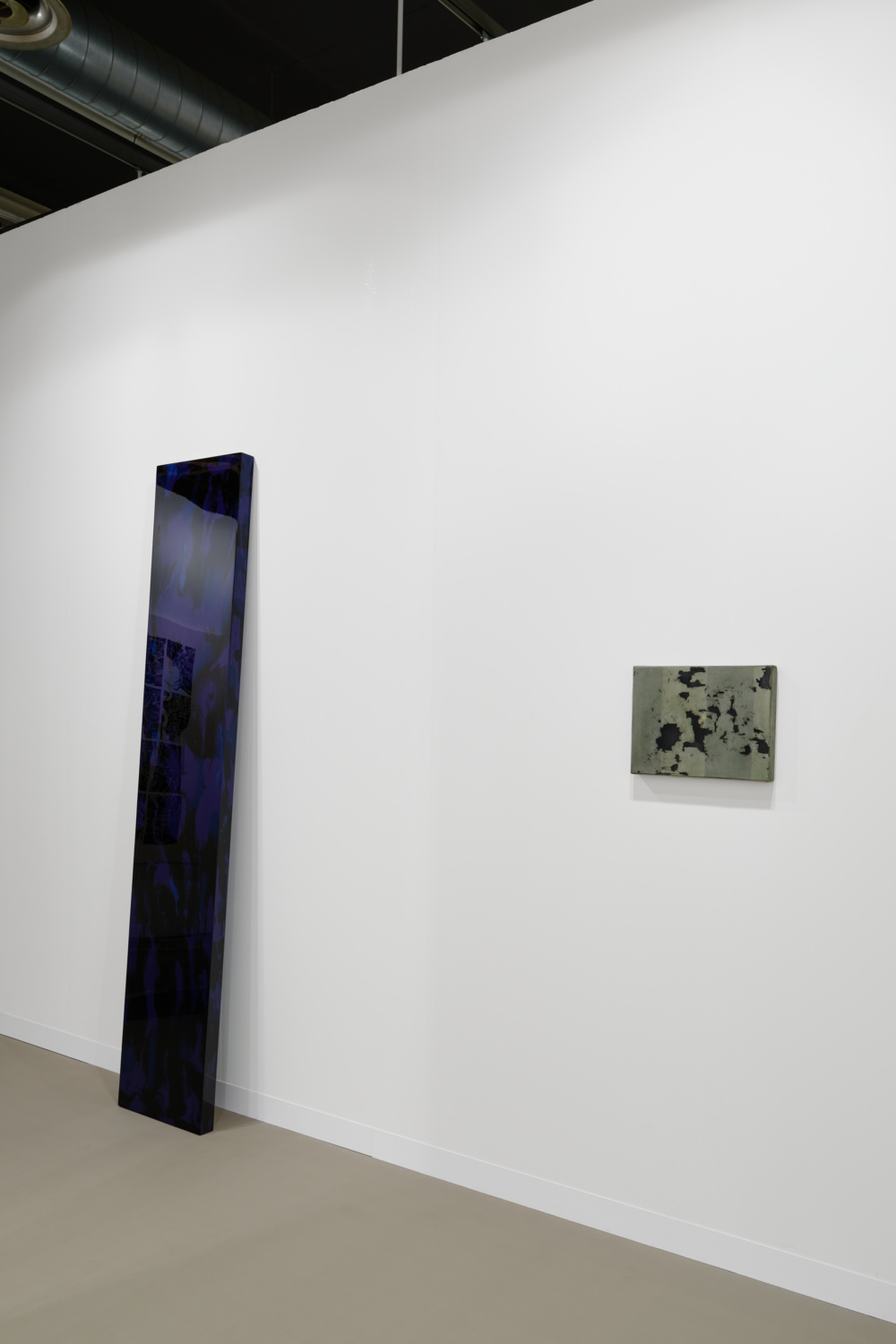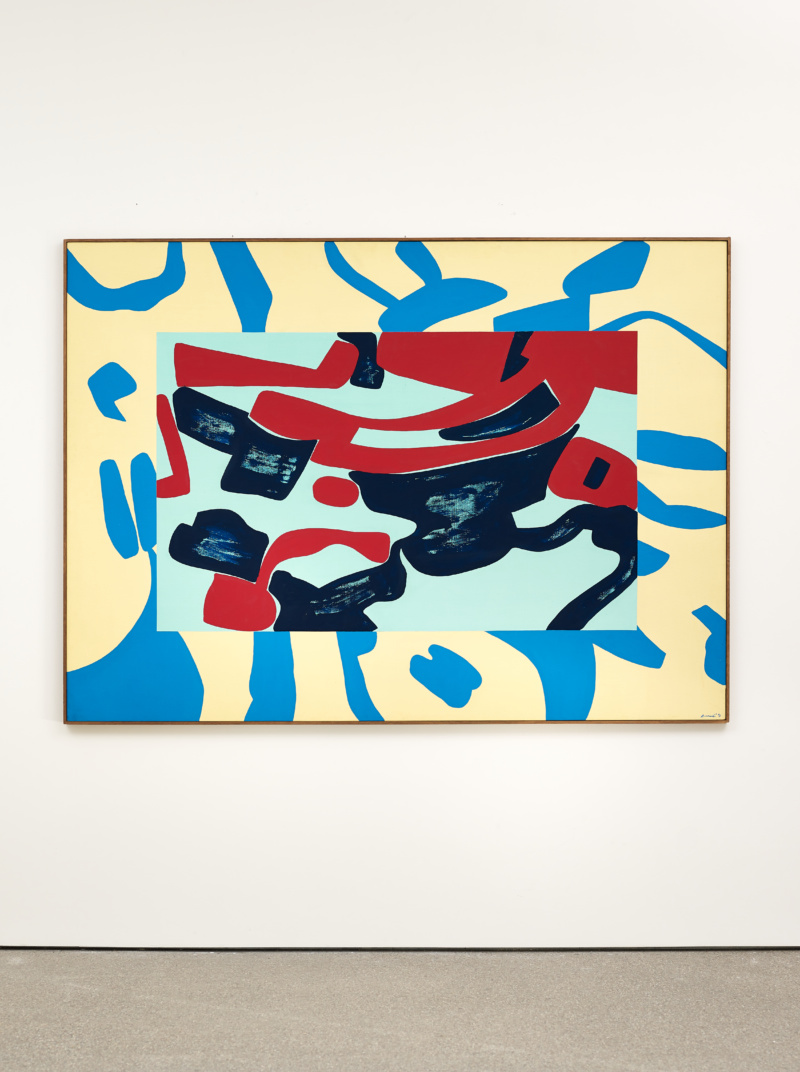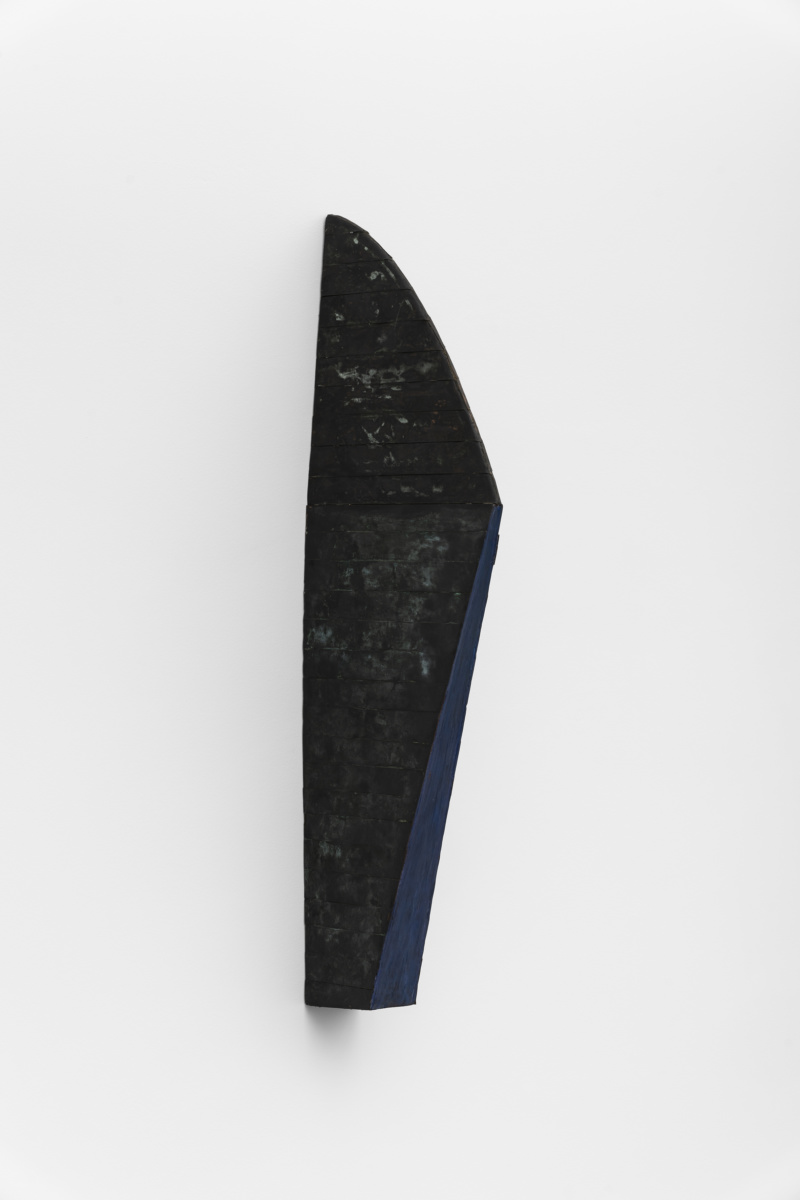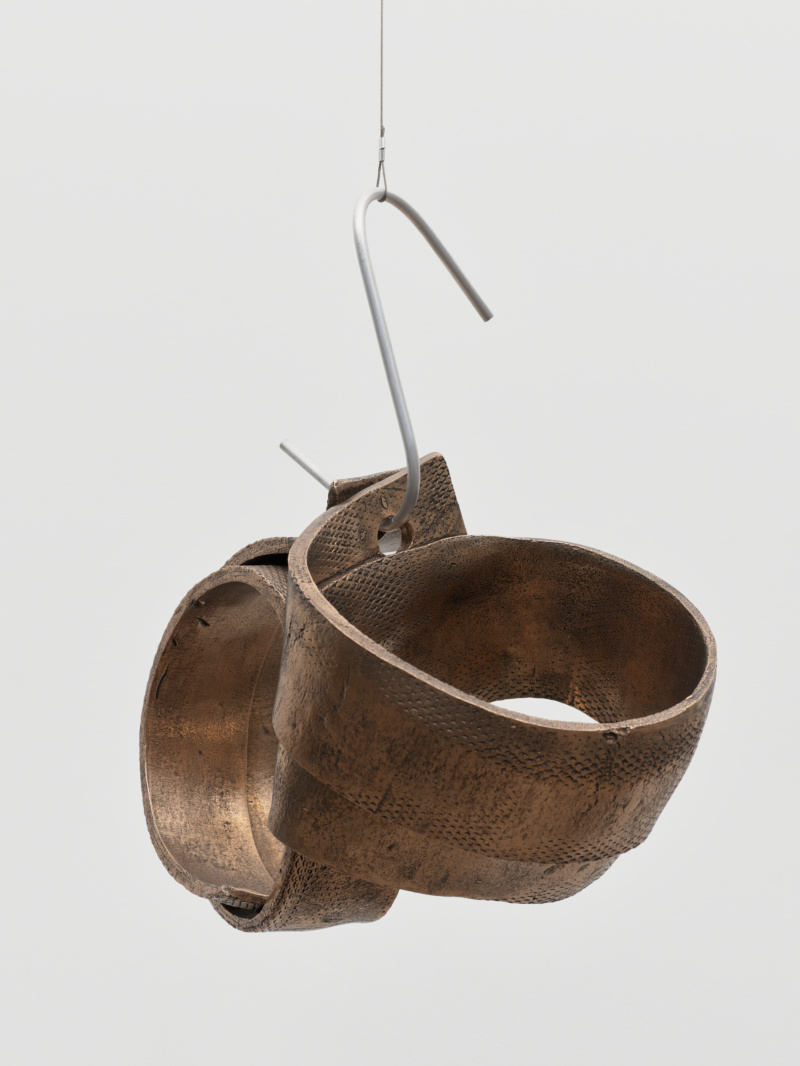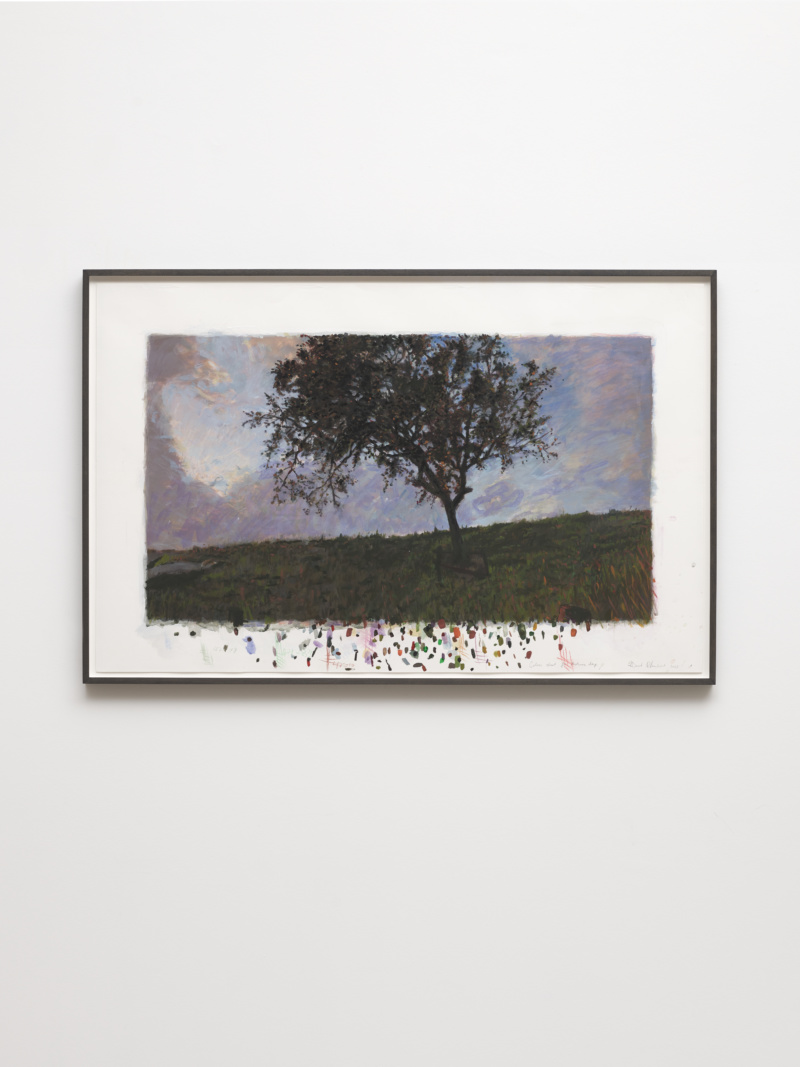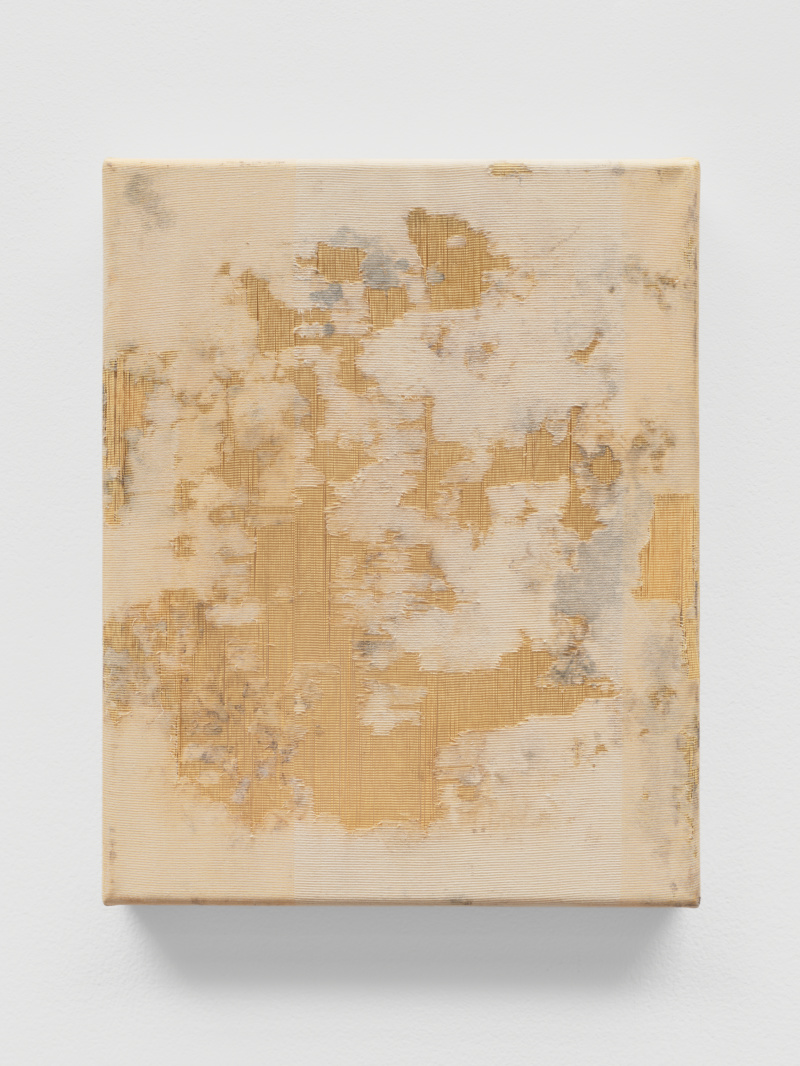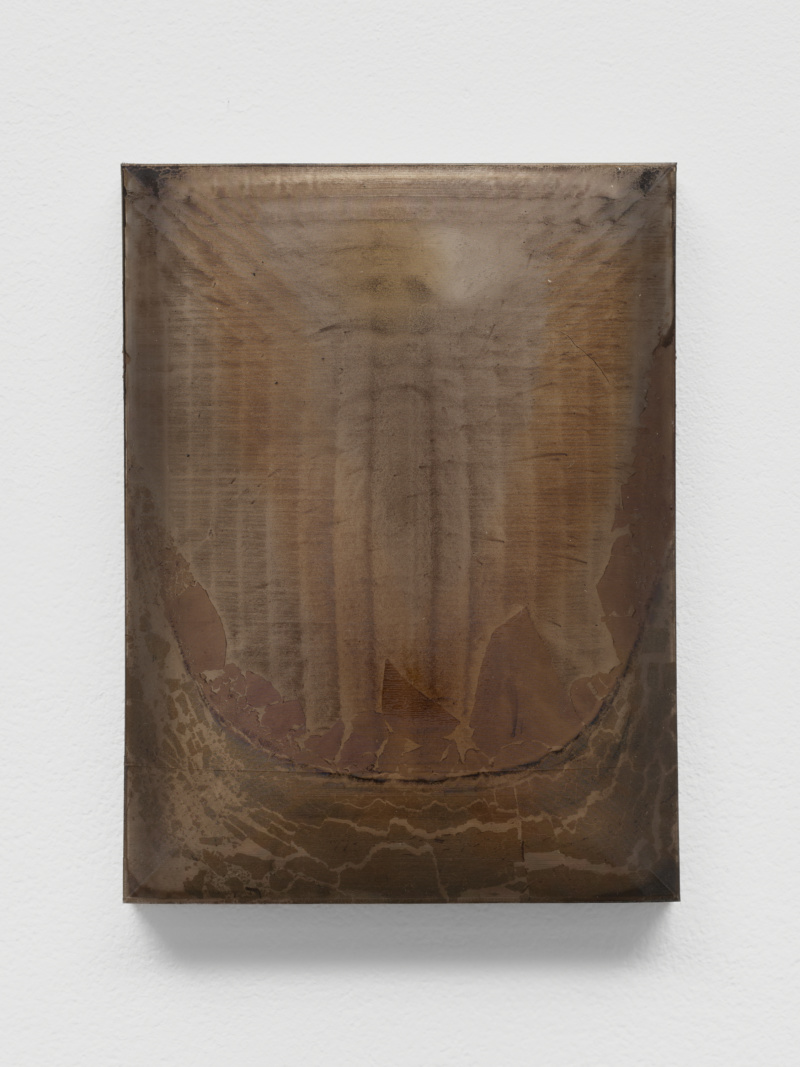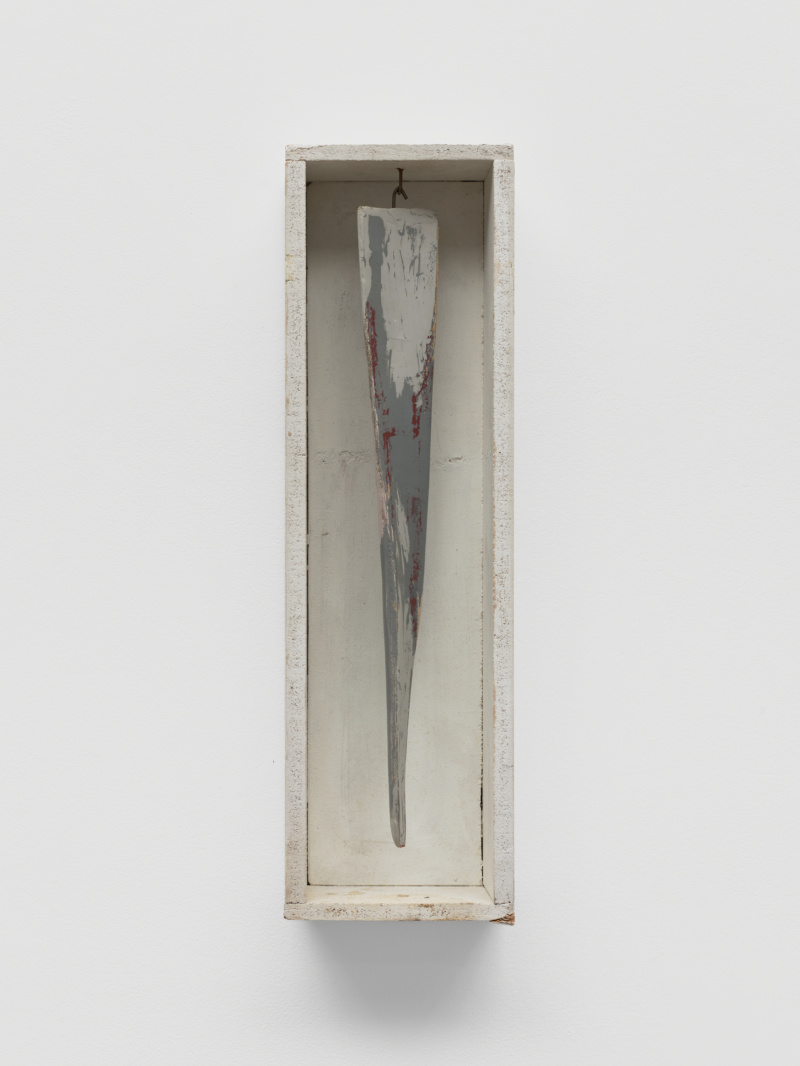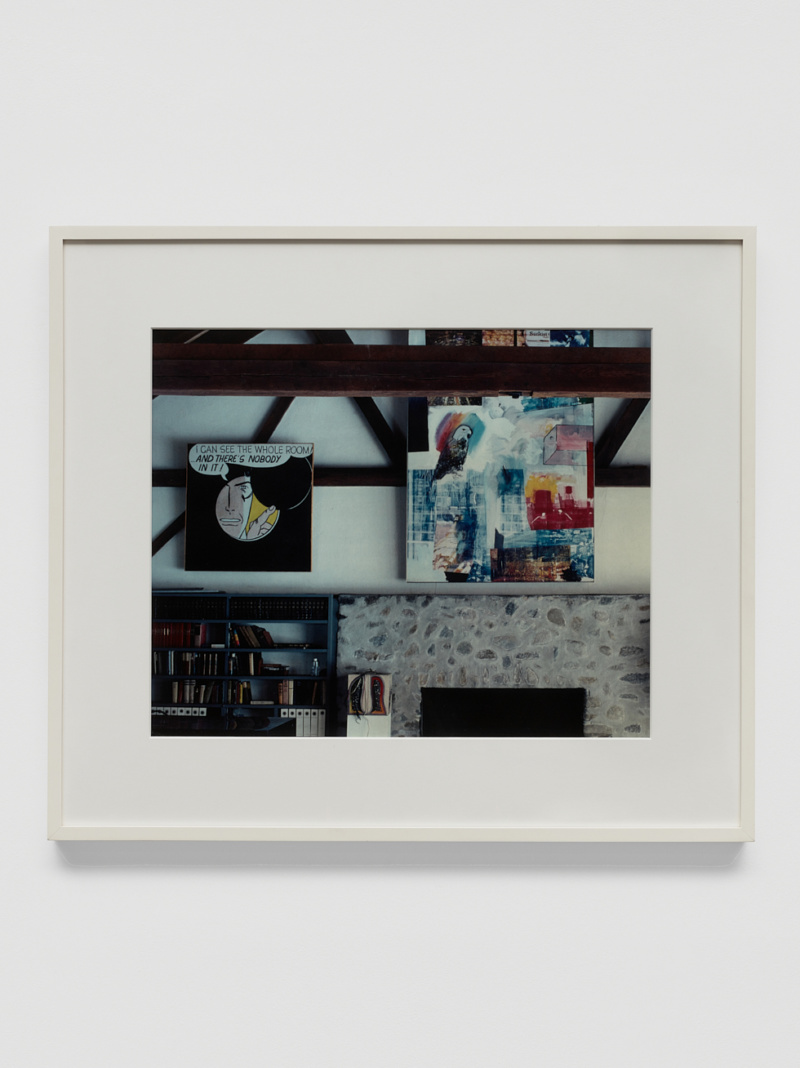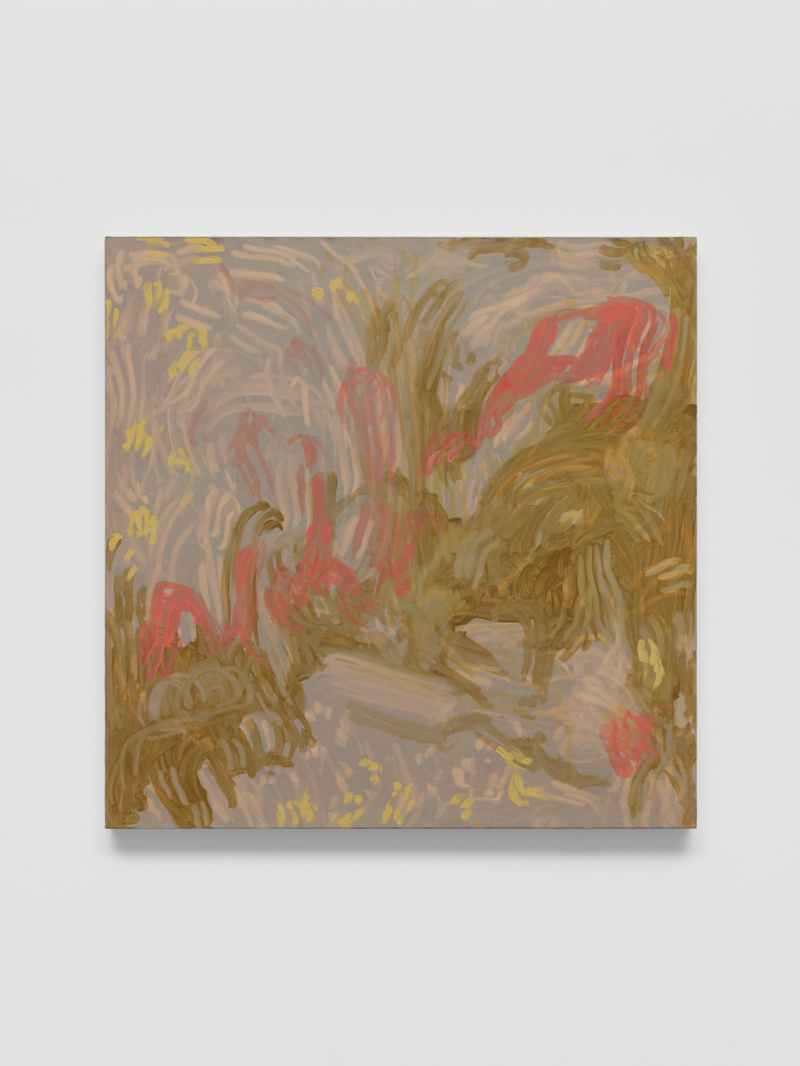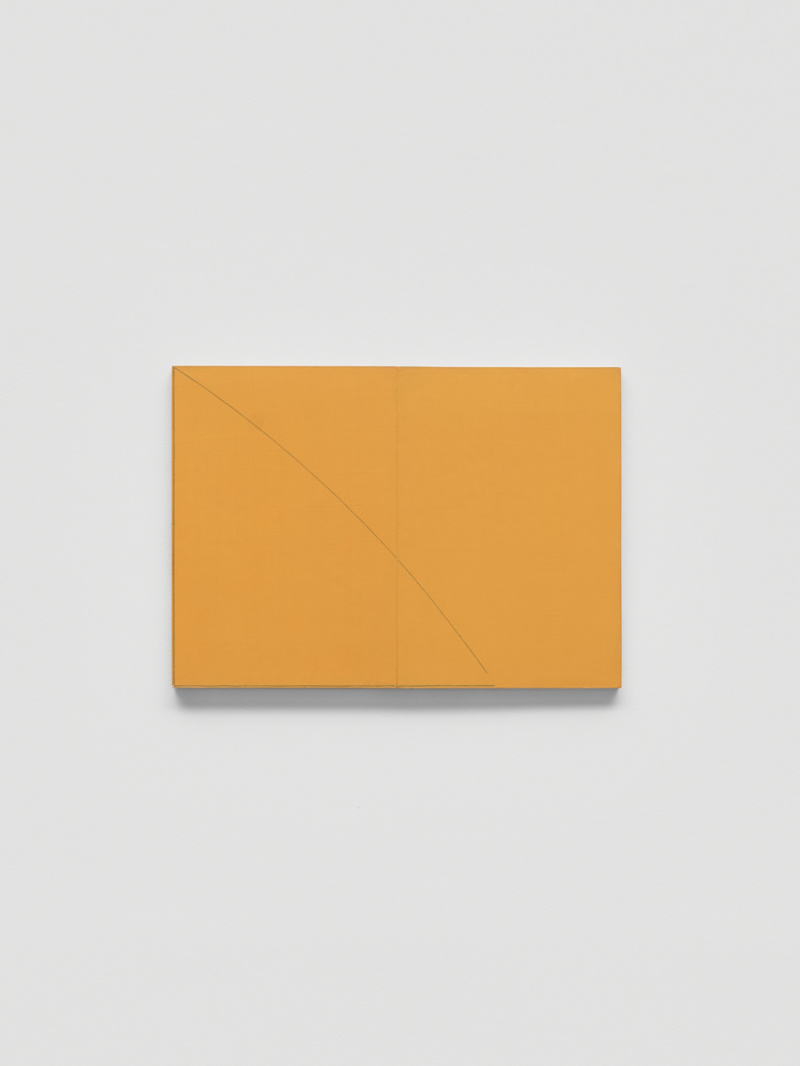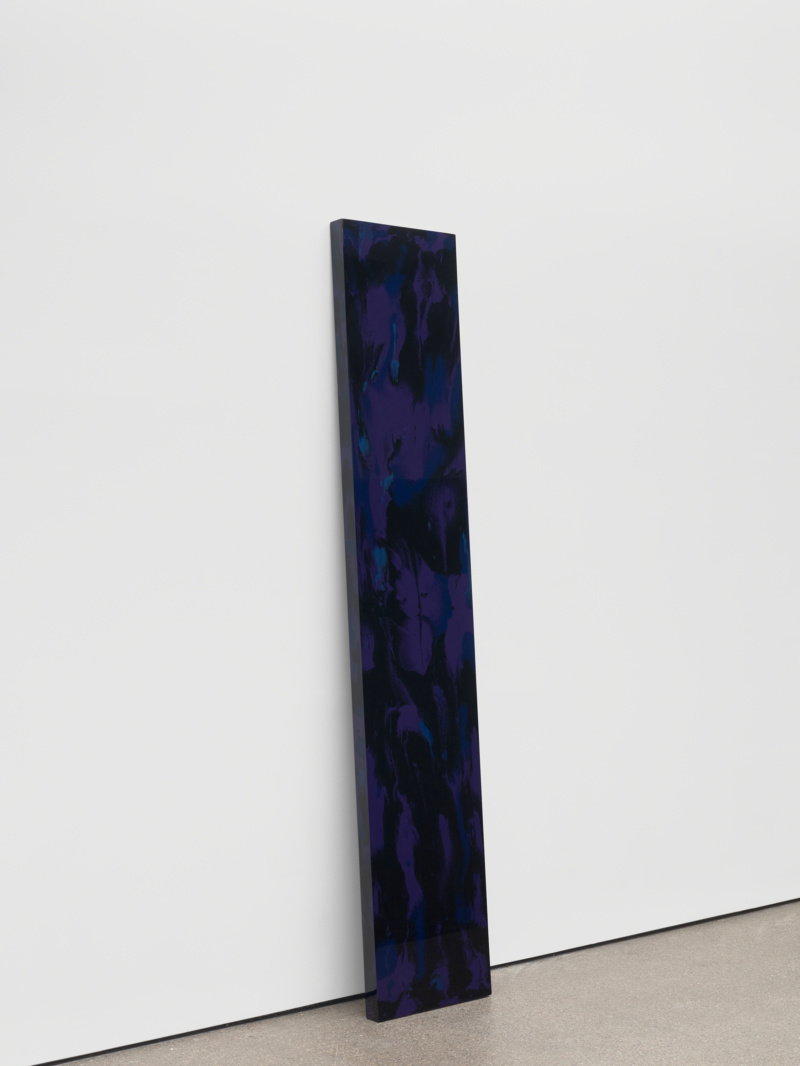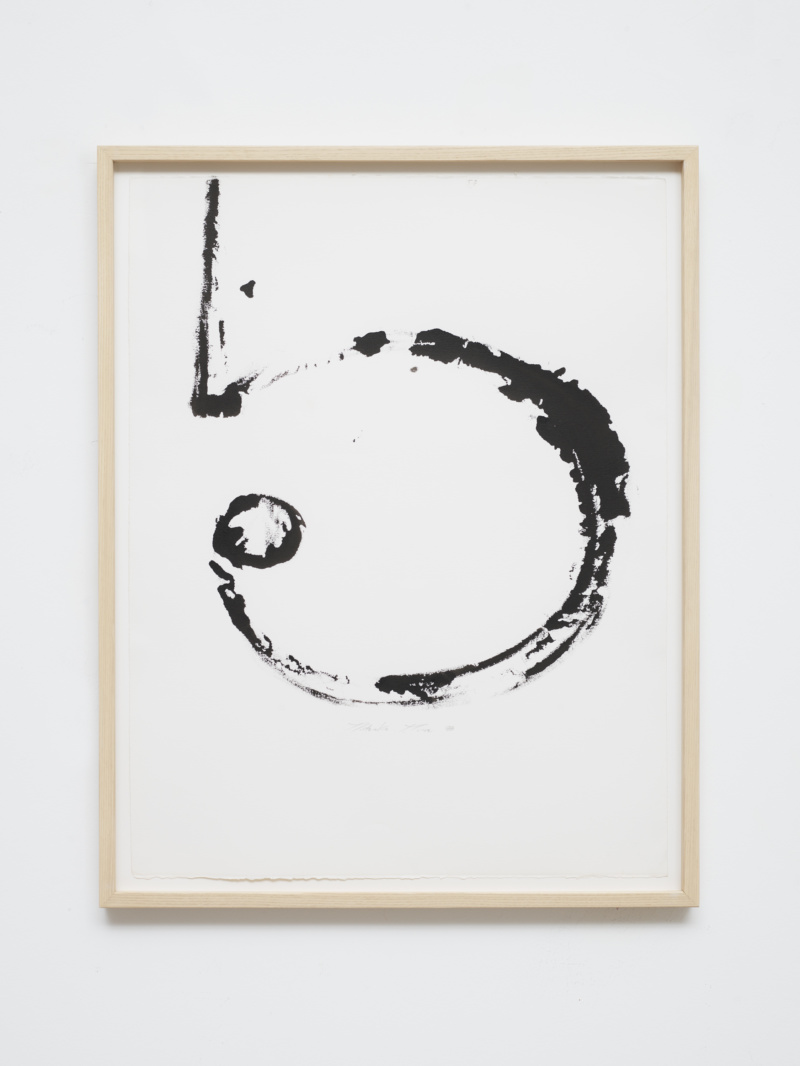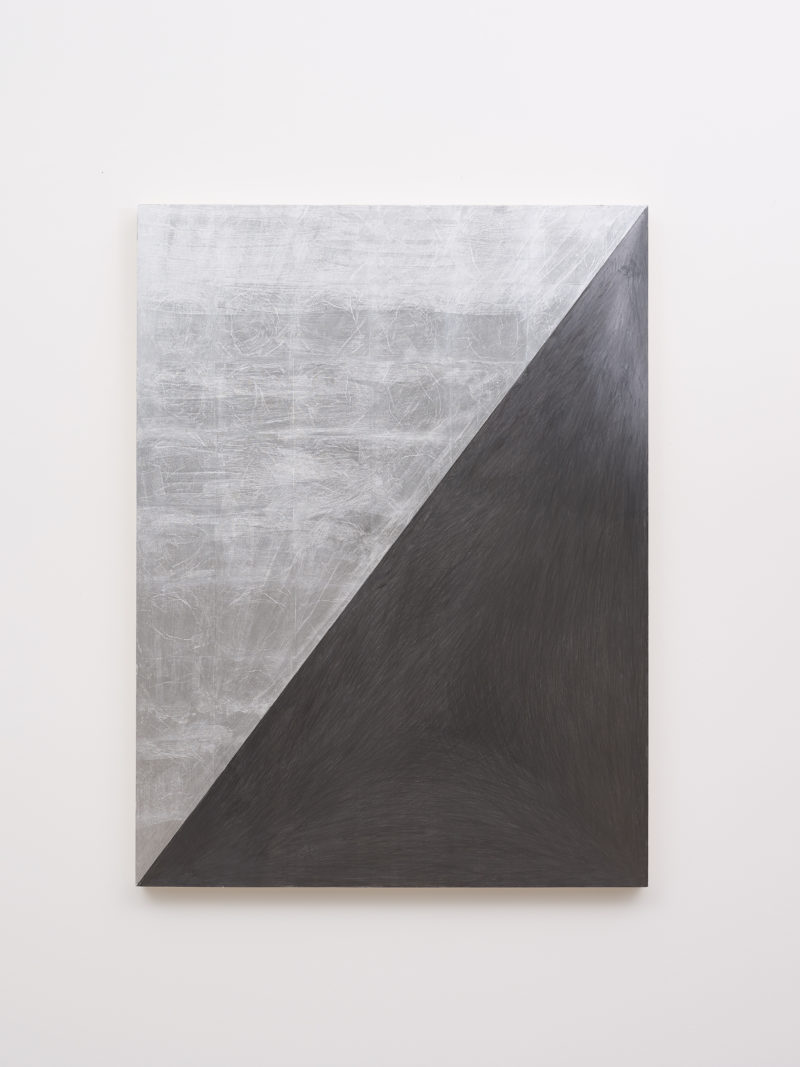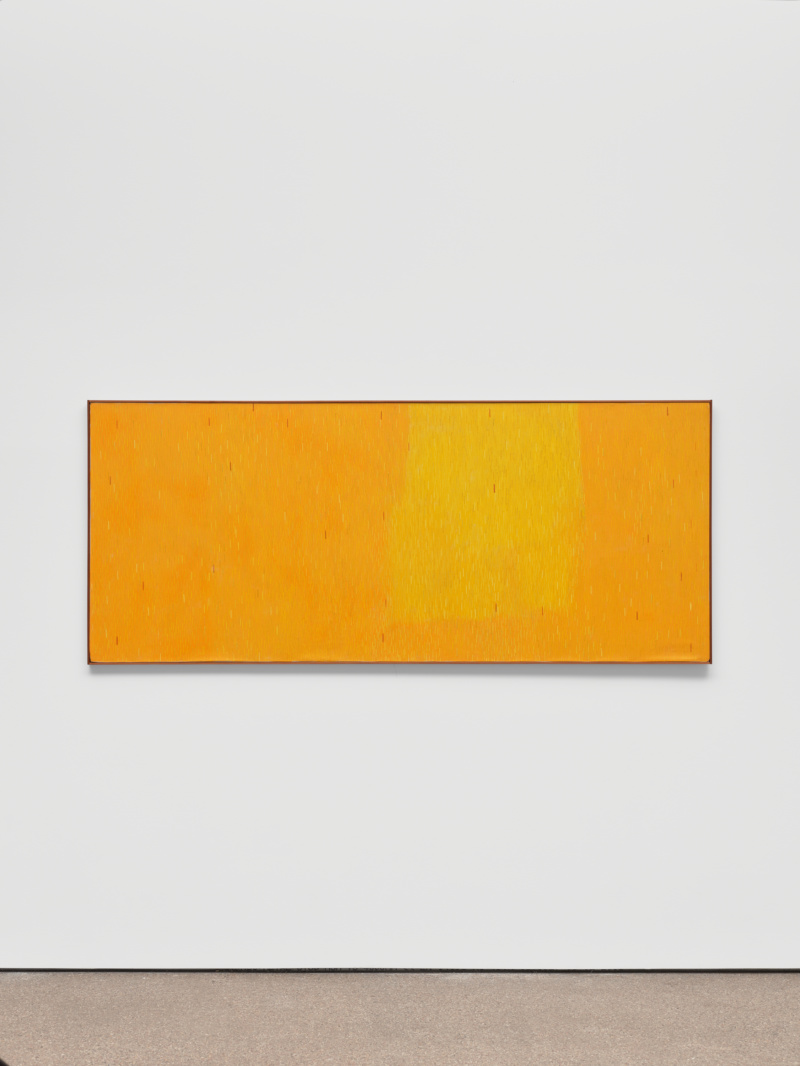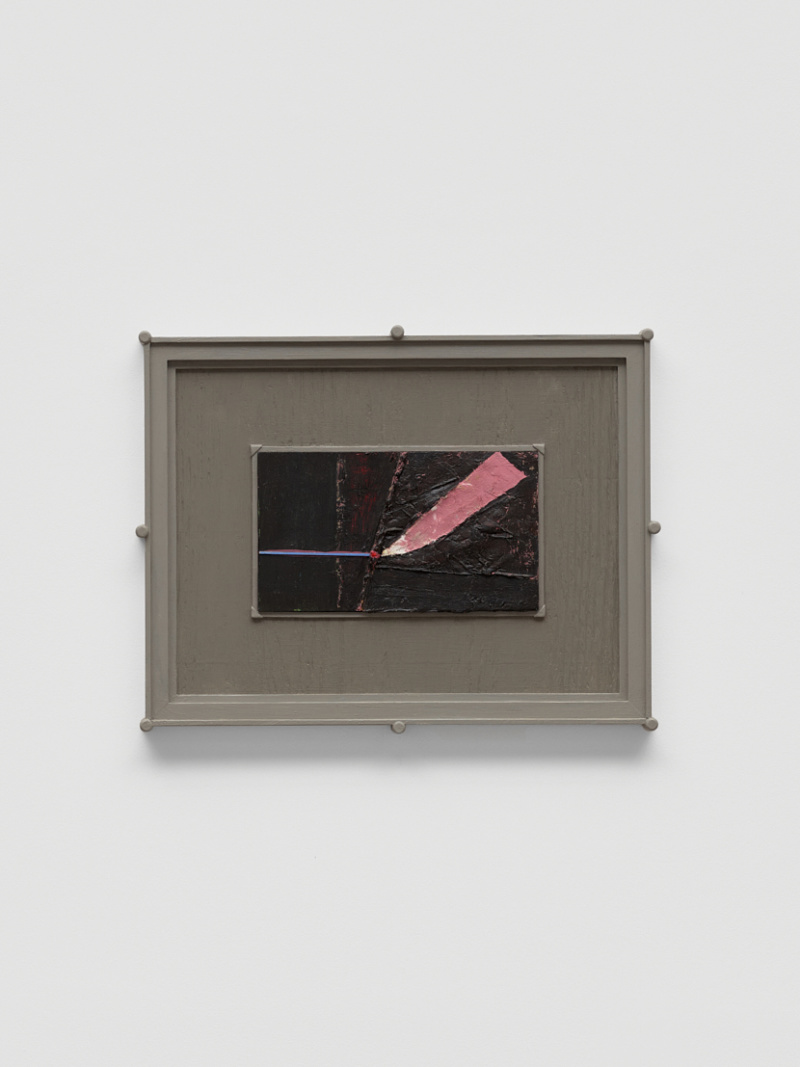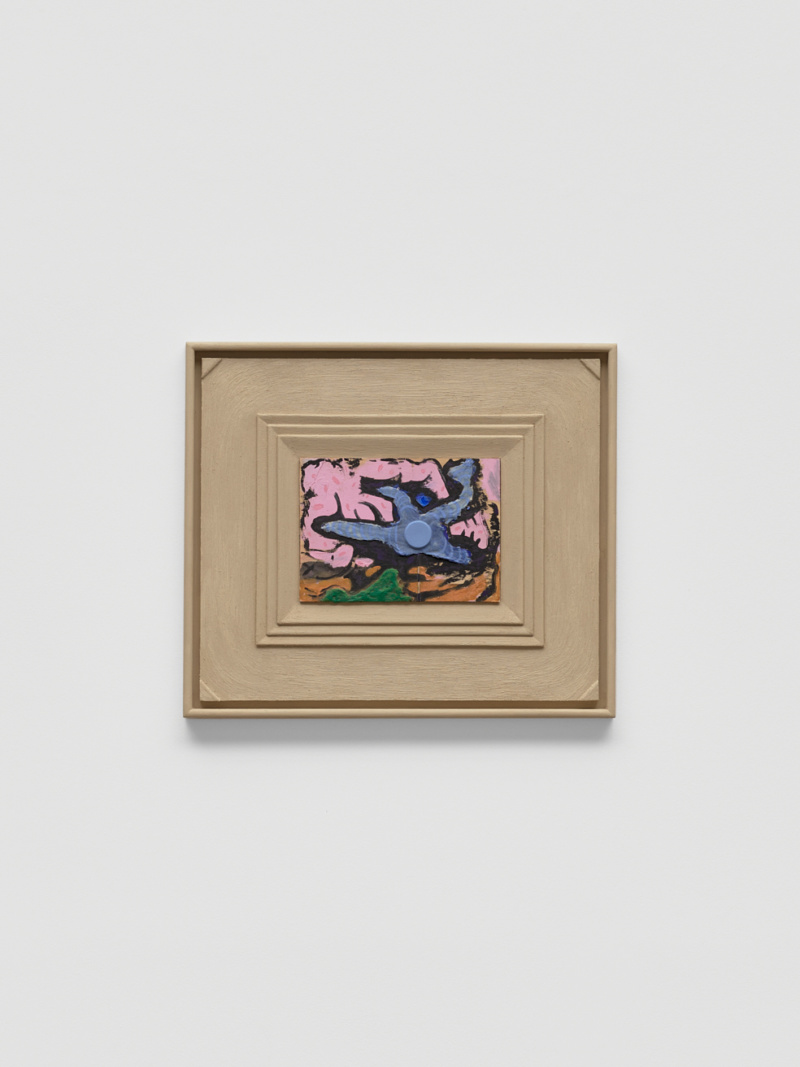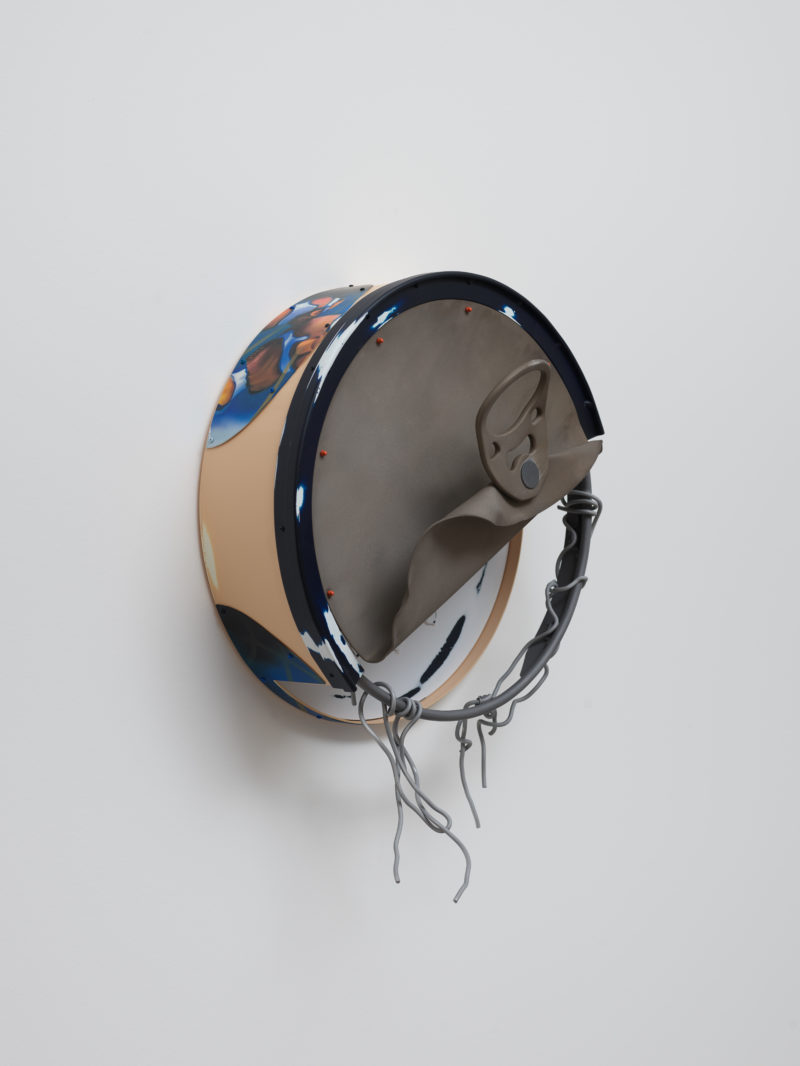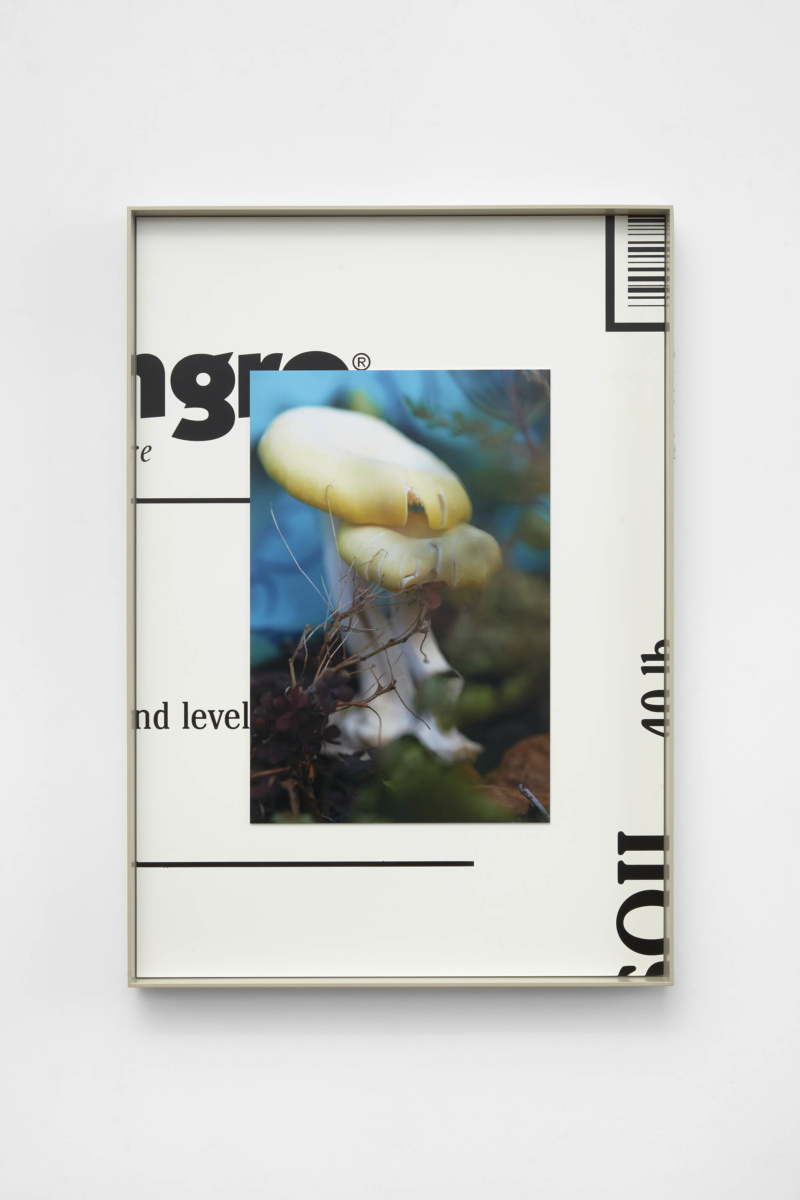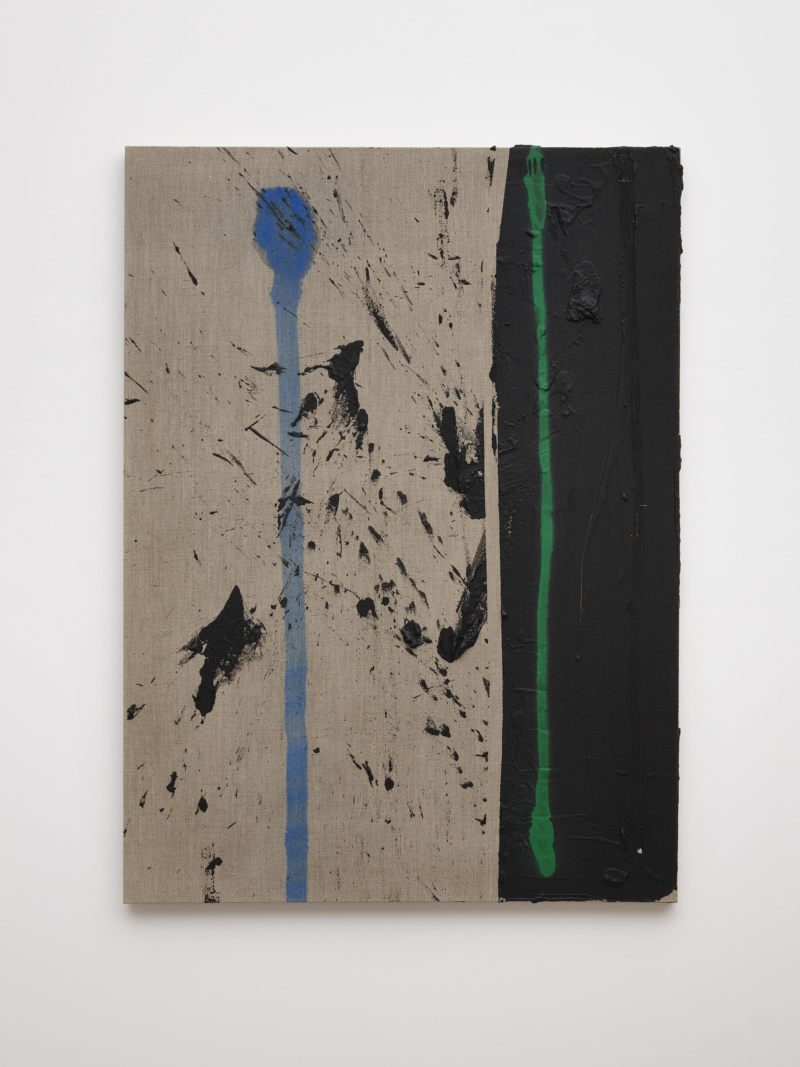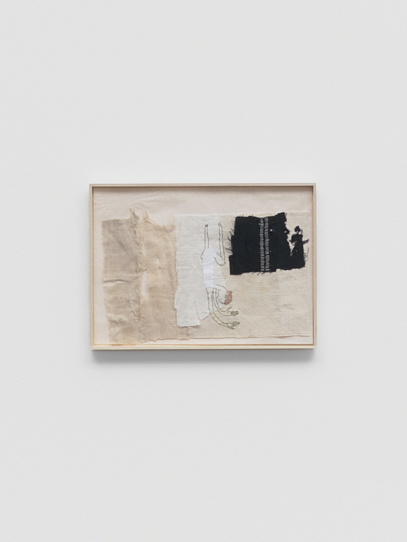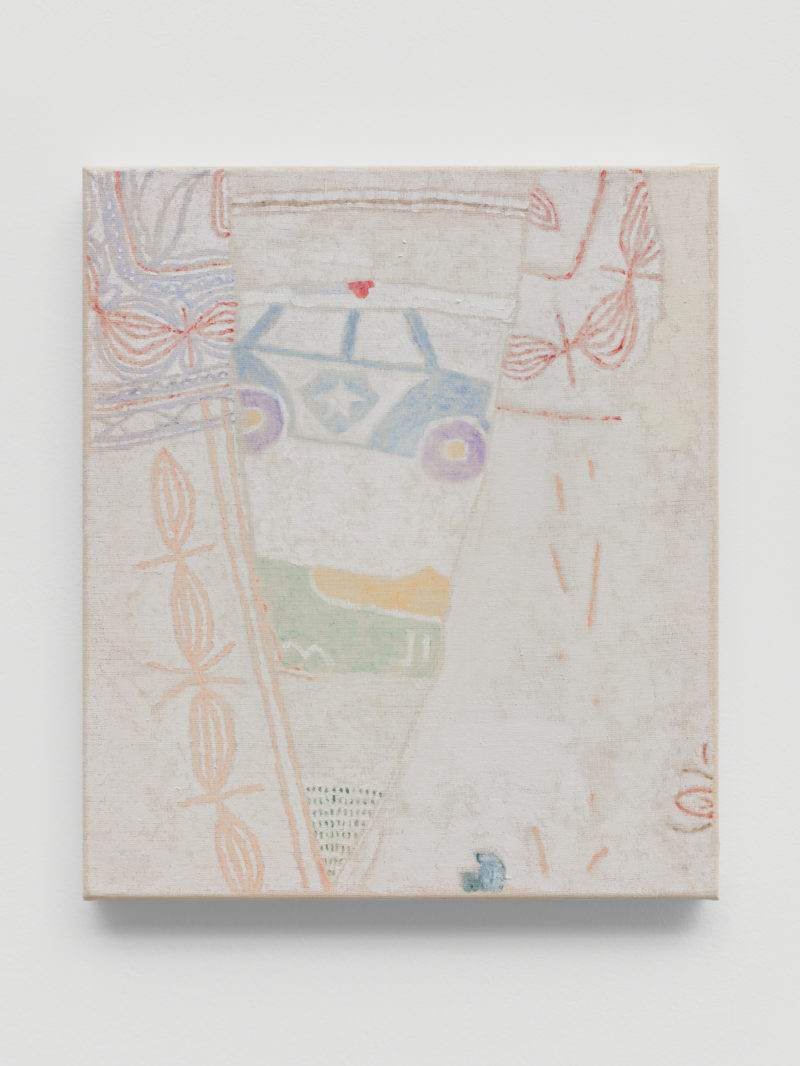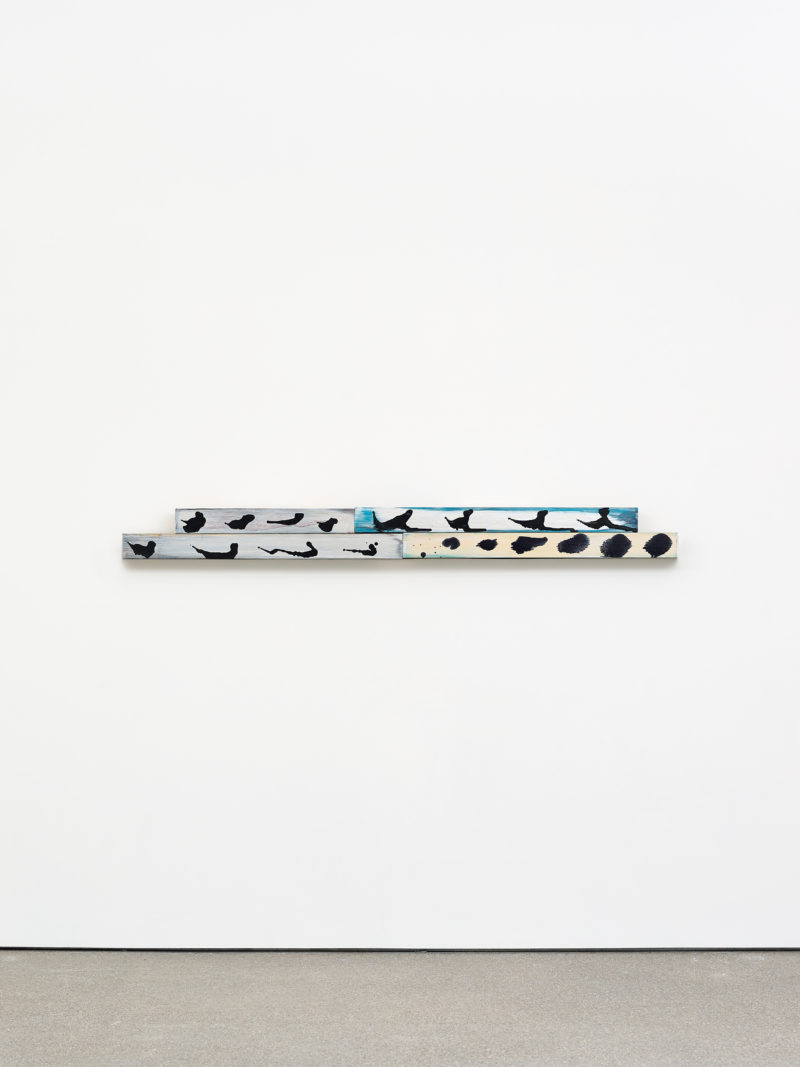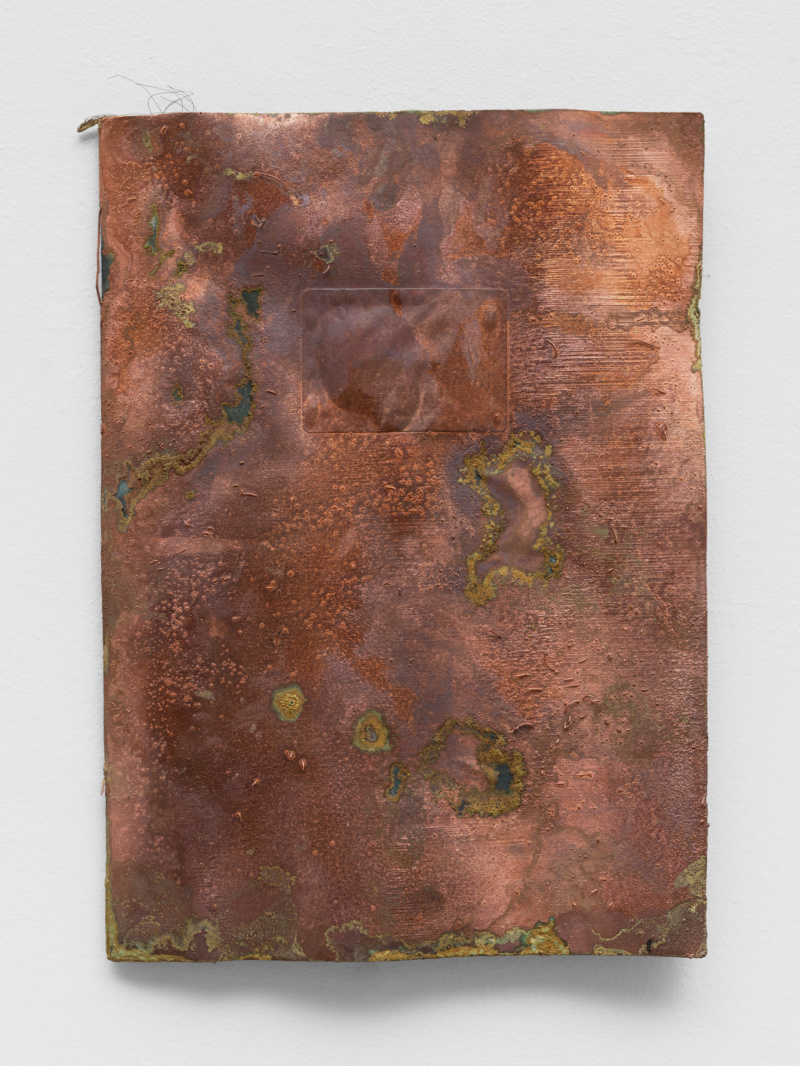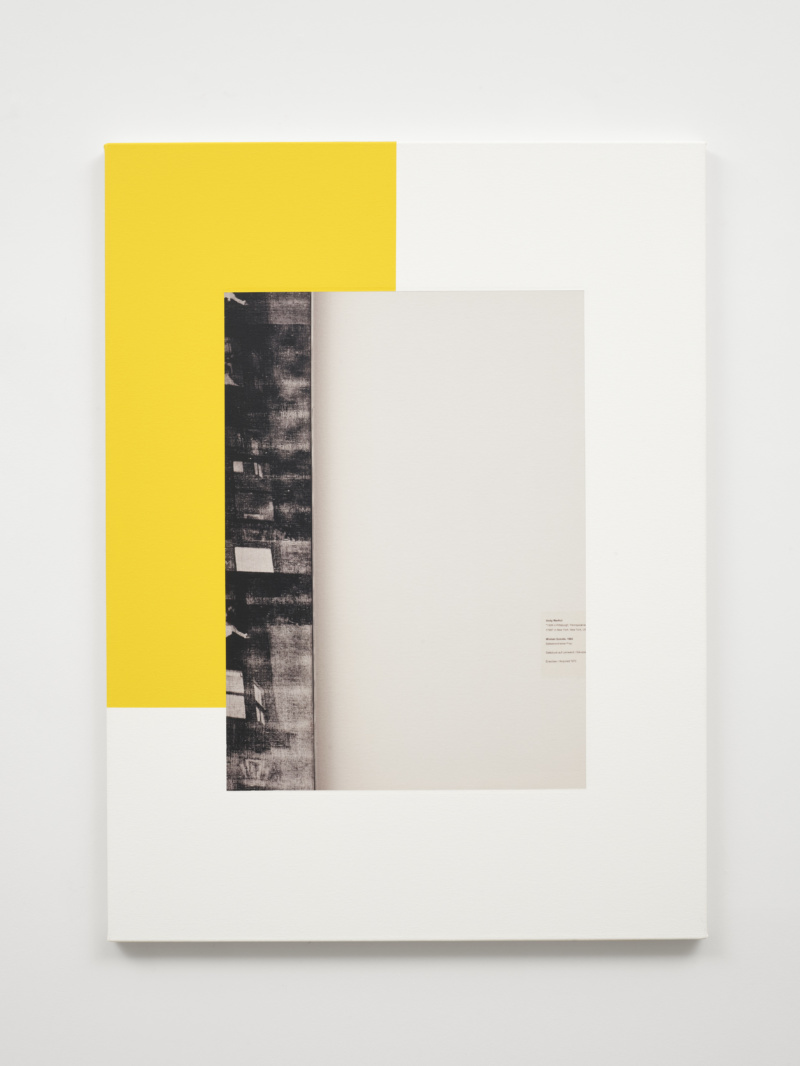Acces our full preview here
We are delighted to continue the dialogue that began with the group exhibition Once The Block Is Carved, There Will Be Names, curated by Liam Everett and Jonathan Griffin.
This presentation at Art Basel constitutes both a deepening and an expansion of that initial conversation, an echo, assembling a renewed constellation of artists, including John Baldessari, Jef Geys, John McCracken, Carla Accardi, Robert Adams, Terry Adkins, Louise Lawler, Jean-Luc Moulène, Liliana Moro, Michael Venezia, and Catharina Van Eetvelde, alongside the newer voices of Erica Mahinay, Noam Rappaport, Lee Mullican, and Luz Carabaño.
This gathering unfolds a discursive landscape that resists the coercive logic of language, identity, and categorisation. Rather than conveying a singular message or ideology, it celebrates the elusive, the in-between, and the purposefully non-functional. As Everett says, these works are like “an encounter with a UFO”: strange, unclassified, and powerful in their silent resistance to interpretation.
Art as Counter-Speech
These artists do not attempt to throw yet more slogans into an ever-saturated cultural context of ‘hot takes’, algorithmic opinions, and facile narratives. They offer a pause. They are voices that choose the aesthetics of silence over the compulsion to explain. The work does not insist on meaning or resolution; it simply exists. It is art that withdraws from biographical reduction, political instrumentalisation, or formal simplification, and instead claims space for ambiguity, estrangement, and contemplation.
The artists assembled in this presentation share an implicit non-conformism. Carla Accardi’s abstract signs function like an anti-alphabet, while John McCracken’s enigmatic high-gloss planks hover between an inert material presence and oblique science-fictional absence. Terry Adkins reconfigures historical materials into near-ritual constellations, in which the echoes of forgotten voices remain audible in sculptural form. Of particular interest are the works Adkins created while in Zürich, where his engagement with European archives and modernist musical traditions resulted in installations that merged local histories with transatlantic resonances. These Zürich works, dense with memory, material, and sonic tension, extend his practice into a kind of spatial improvisation: both grounded and fugitive, historical and speculative.
Jef Geys and Radical Indeterminacy
A central figure in this curatorial expansion is Jef Geys, whose oeuvre, dating back to the 1960s, enacts a profound subversion of conventional artistic logic. With his Kempens Informatieblad, a seemingly trivial yet deeply conceptual periodical, he punctures the expectation that art must be explicit, elevated, or directive. Geys documents the everyday with intense precision that is both deeply ironic and fundamentally destabilising. Rather than treating art as a communicative medium, he approaches it as a method: a way of thinking, sorting, and confounding.
His methodology operates as a kind of catalyst within this presentation, a historical anchor that resonates with contemporary practices also interrogating the boundaries of meaning and representation. A notable parallel can be drawn with the Japanese artist Mitsuko Miwa, whose rigorous and process-based approach embodies a similarly open-ended logic. Like Geys, Miwa resists conventional narrative, favouring systems of delay, repetition, and subtle variation. Her practice often hovers between figuration and abstraction, never fully disclosing their intent. Miwa’s works are not vehicles for expression, but quiet procedures, meticulous inquiries that call attention to the act of looking itself. In both Geys and Miwa, art is not a message but a method: reflexive, iterative, and unresolvable.
Non-Conformism as Common Ground
What binds these otherwise divergent practices is a resolute commitment to internal logic, however opaque or elusive it may be. Louise Lawler and Robert Adams’ photographic interventions destabilise institutional frames and reconfigure the context of the art object or urban context. Jean-Luc Moulène treats objects as autonomous entities, behaving according to their own inner logic. Liliana Moro’s poetically austere installations balance fragility with obstinacy, compelling the viewer to look beneath the surface.
Even within abstract visual languages, fundamental questions persist. Michael Venezia’s meandering bands of paint interrogate the painting as object, as residue of gesture, as presence rather than representation. And then there is Catharina van Eetvelde, whose works on paper are delicate, ephemeral, yet rigorously considered, place pressure on the boundaries of portraiture, landscape, and legibility itself.
Another particularly resonant presence within this framework is Edith Dekyndt, the Belgian artist whose practice consistently explores the thresholds between the material and the immaterial. Her performative installations, featuring dust particles, light, temperature, and movement as active agents, align closely with the exhibition’s engagement with the non-representational. Dekyndt’s oeuvre inhabits a grey zone between the perceptible and the palpable, offering a subtle yet forceful counter-image to the imperative of explanation. Her work does not deliver statements, but rather situations with temporary conditions of presence.
The West Coast and Beyond: A State of Mind
While our aforementioned gallery exhibition was anchored in the legacy of West Coast abstraction — with figures such as Larry Bell, Ken Price, and Lee Mullican — this iteration moves beyond geographic or stylistic confines. What remains is a sensibility: a willingness to create without concession, without a projected audience, without the need for immediate validation.
The inclusion of Luz Carabaño’s biomorphic forms and Noam Rappaport’s abstracted architectural fragments points to a continual renewal of this artistic attitude. Erica Mahinay’s sculptural explorations of skin and surface seem to oscillate between aggregation and disintegration, while Mullican’s linear cosmologies continue to gesture toward a universe that systematically evades our grasp.
The Value of the Unknown
Once The Block Is Carved, There Will Be Names was never conceived as a manifesto, but rather as an invitation to observe without predetermined frameworks. This presentation at Art Basel extends that invitation, with an even richer polyphony of voices that each, in their own way, embrace the unspeakable. Not as a retreat from reality, but as an alternative modality of thought and experience.
In a world that increasingly demands clarity, this art offers a counter-proposal: perhaps the unknown is not something to be resolved, but something that keeps us in motion. As Jef Geys reminds us: the question matters more than the answer, and at times, all that remains is the sense of wonder in its contemplation.
This presentation is not a resolution, but an open interstice in an ongoing conversation. A conversation that resists summarisation, let alone appropriation in service to other agendas. Perhaps, in the end, it is about nothing. And that is precisely why it matters.
